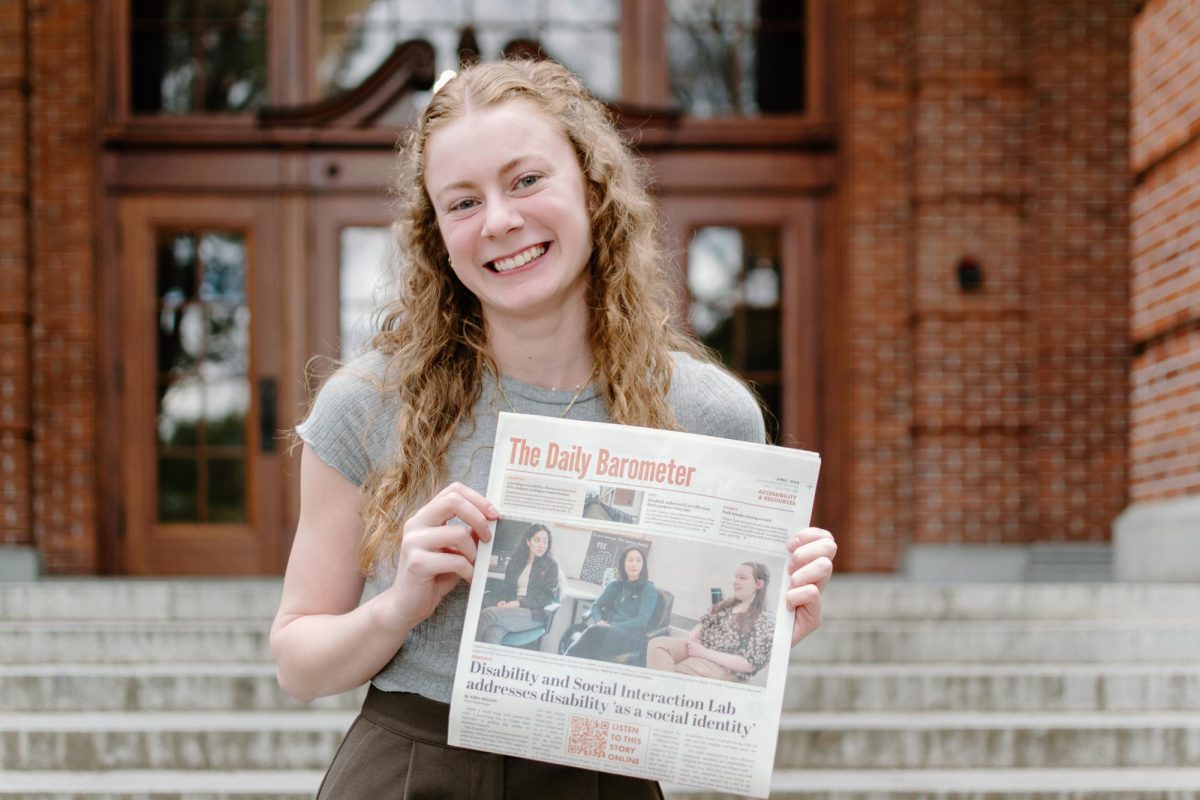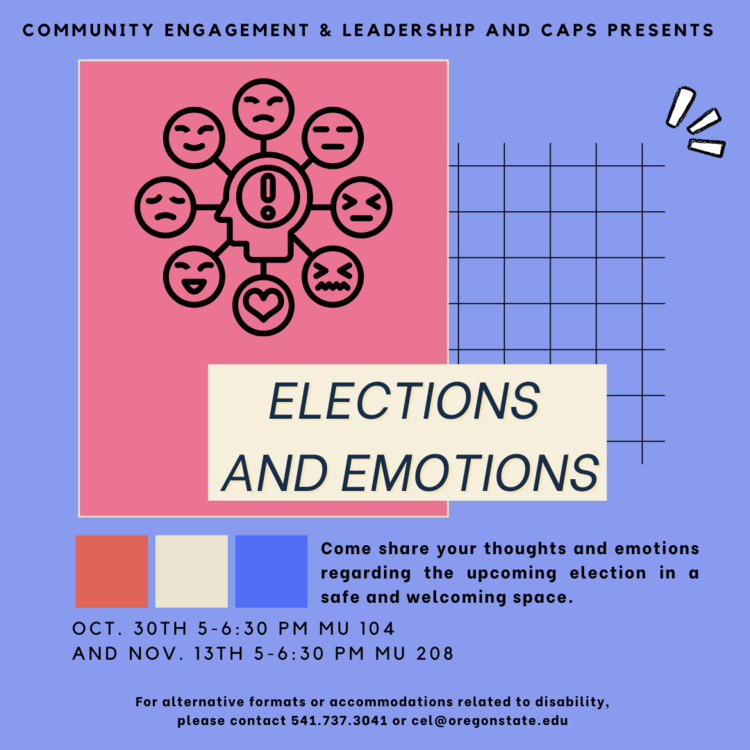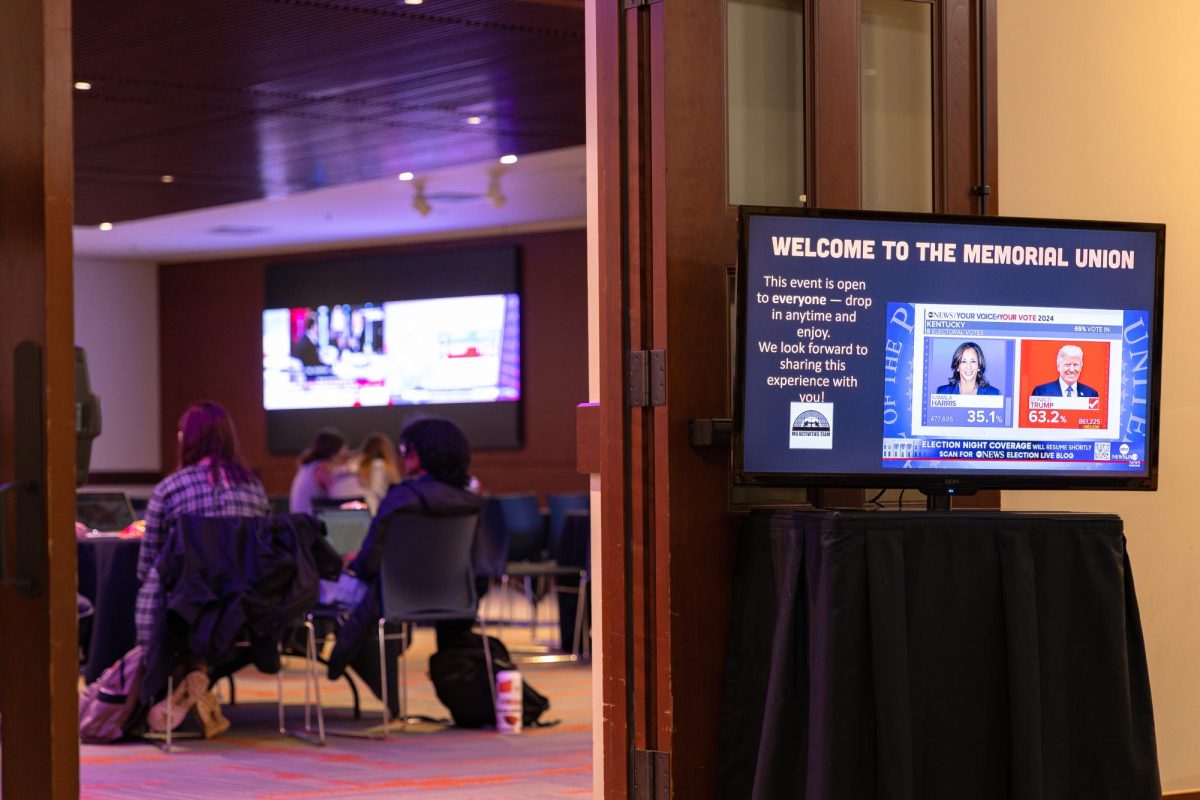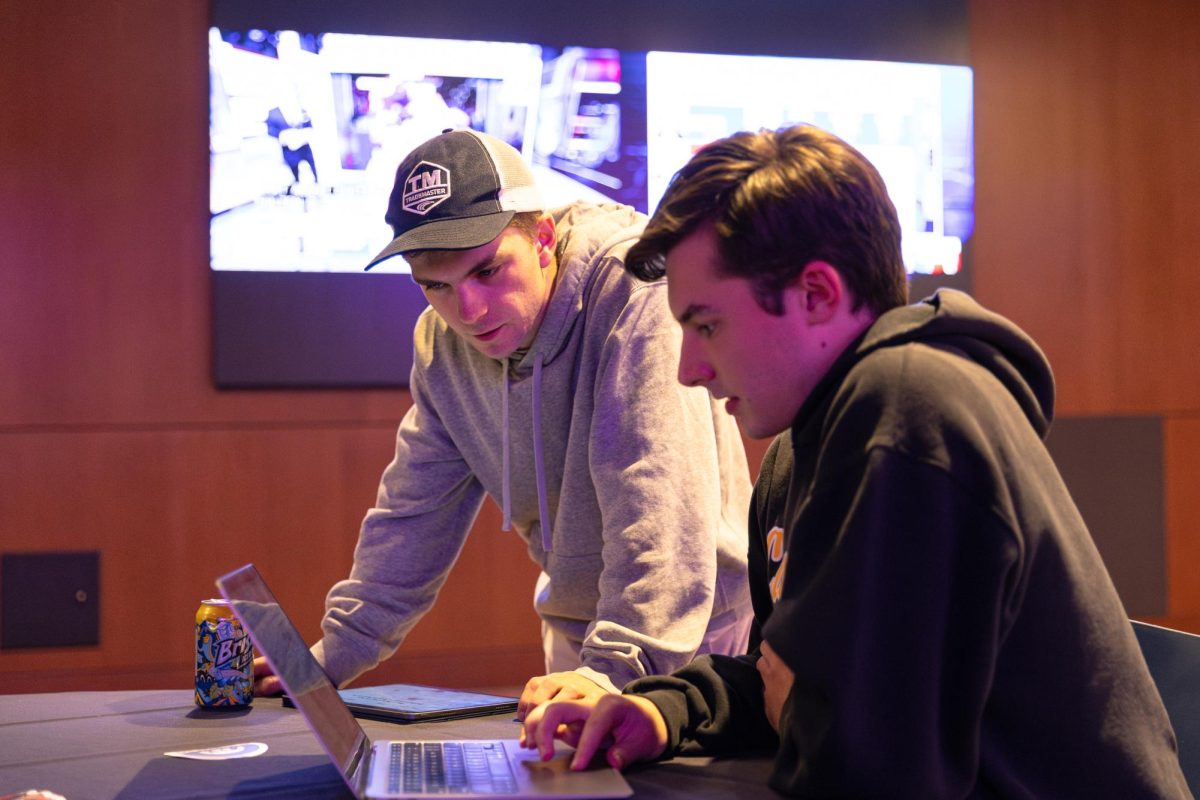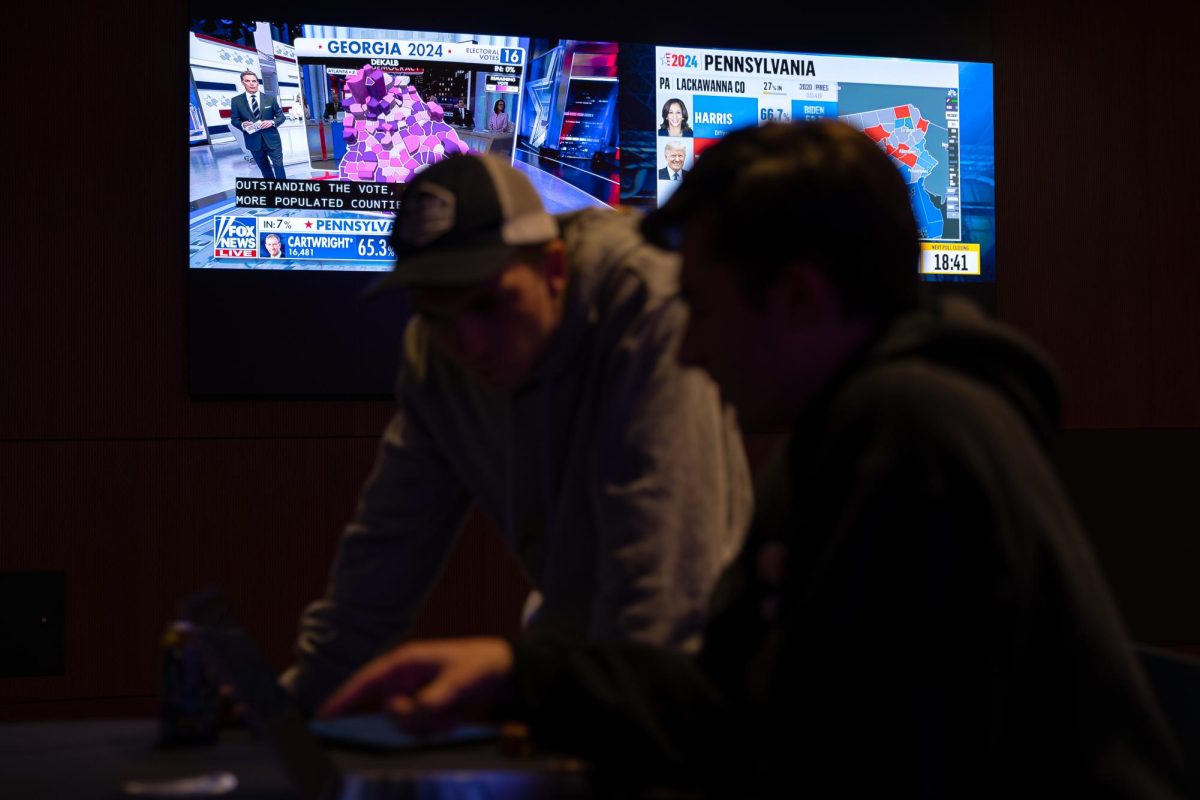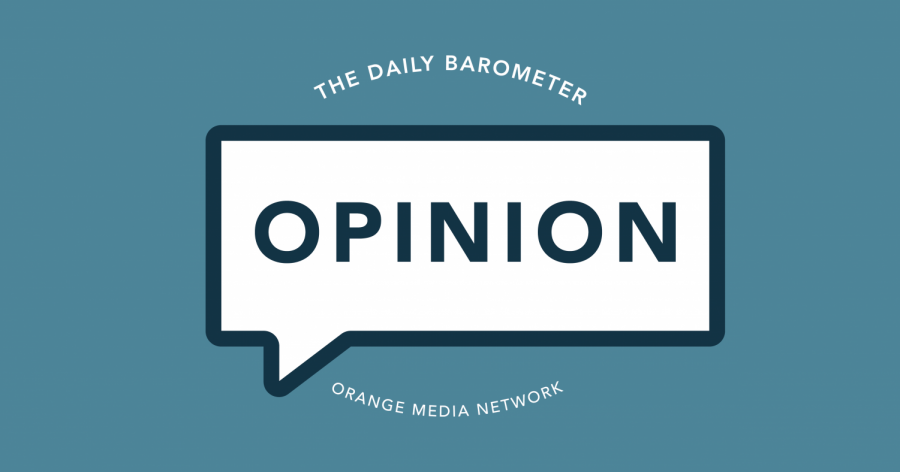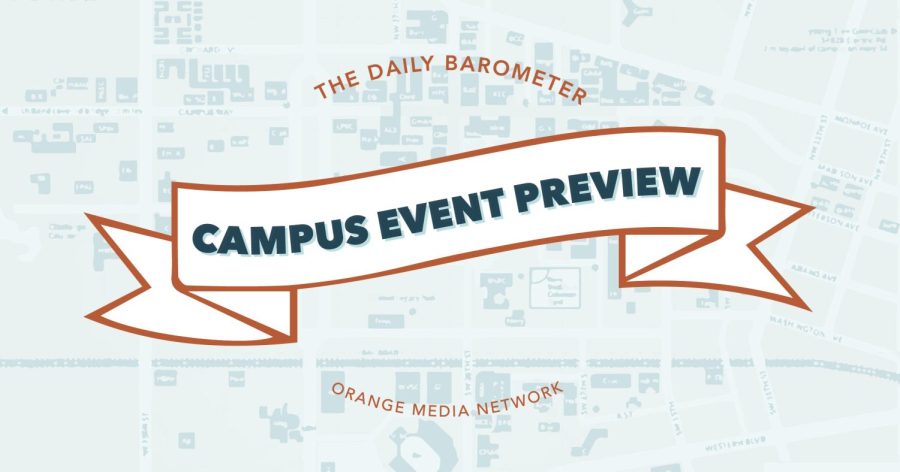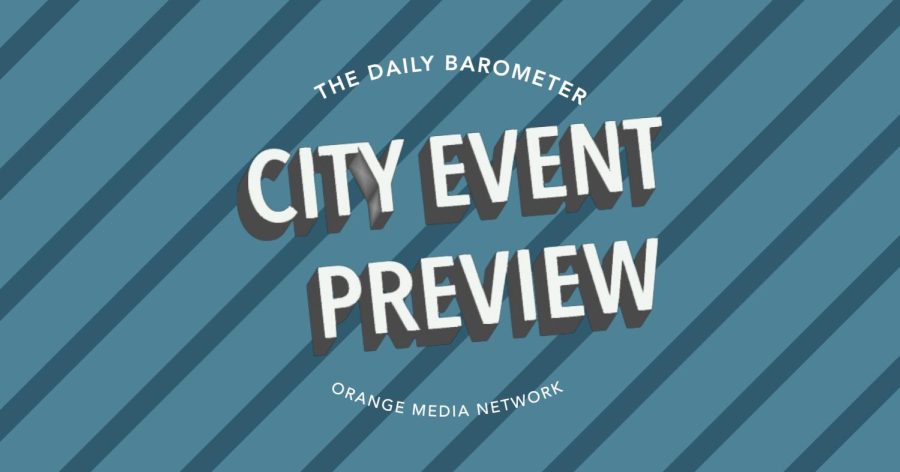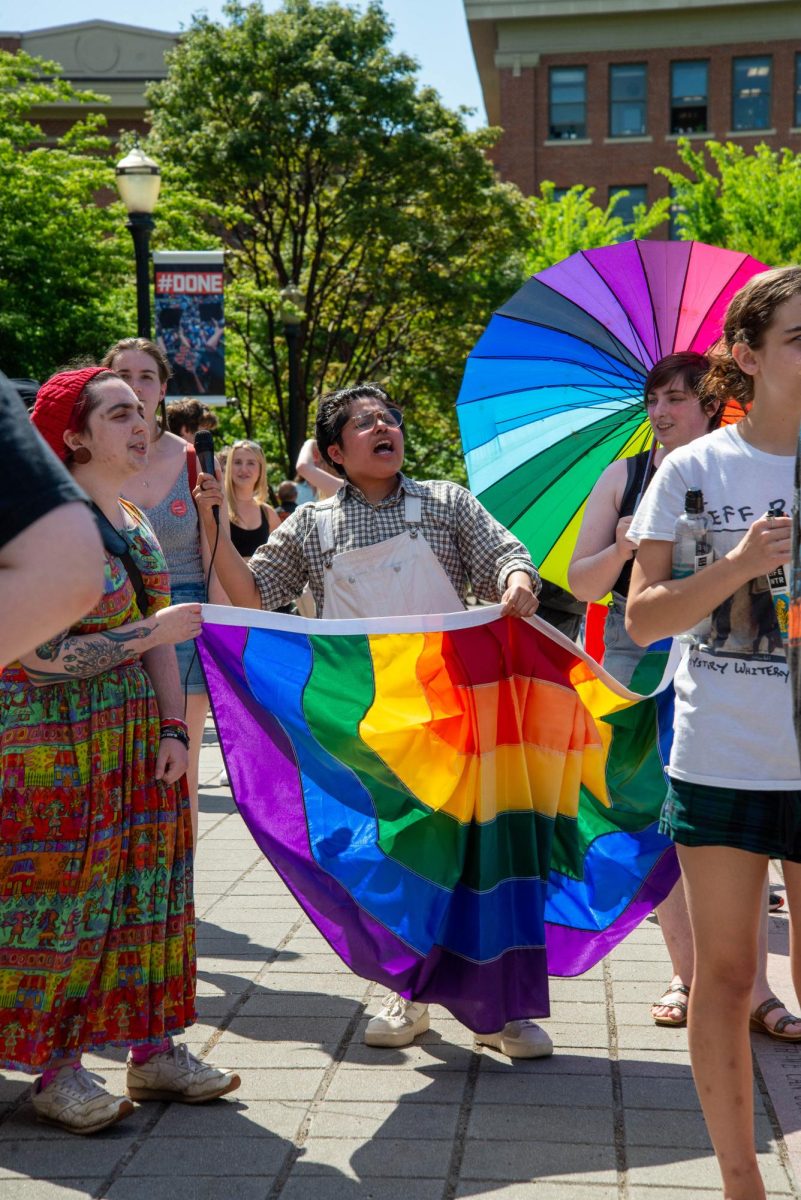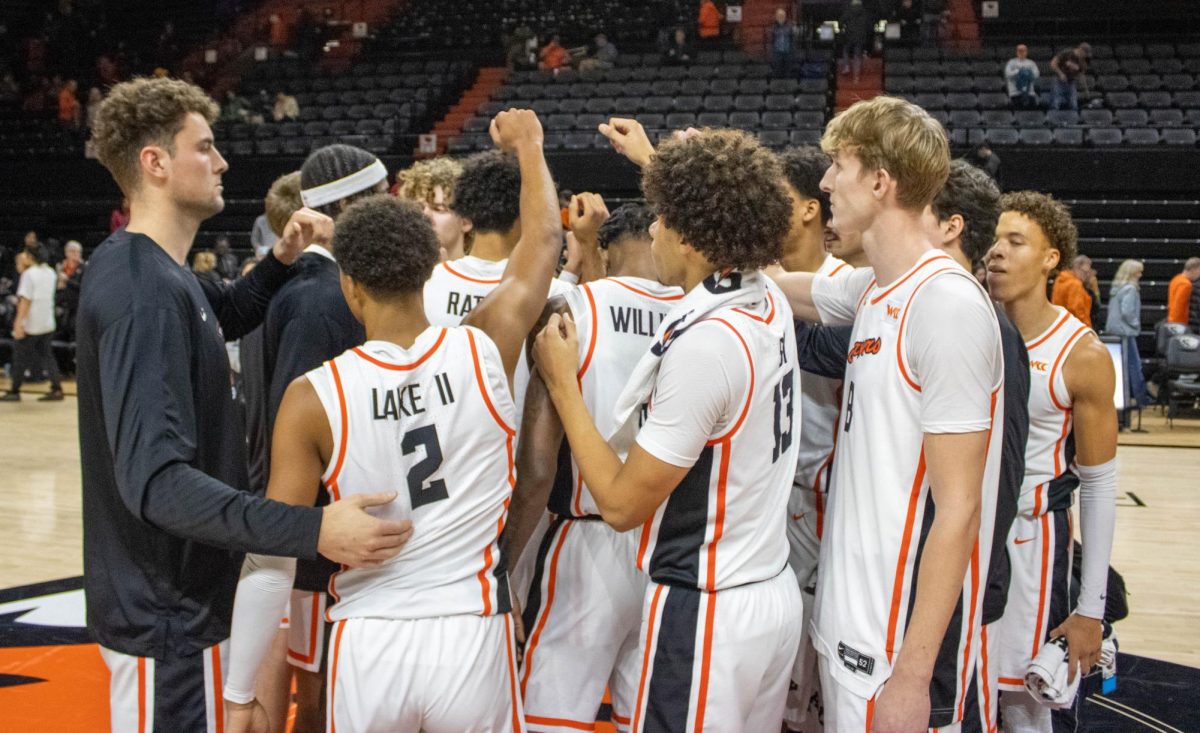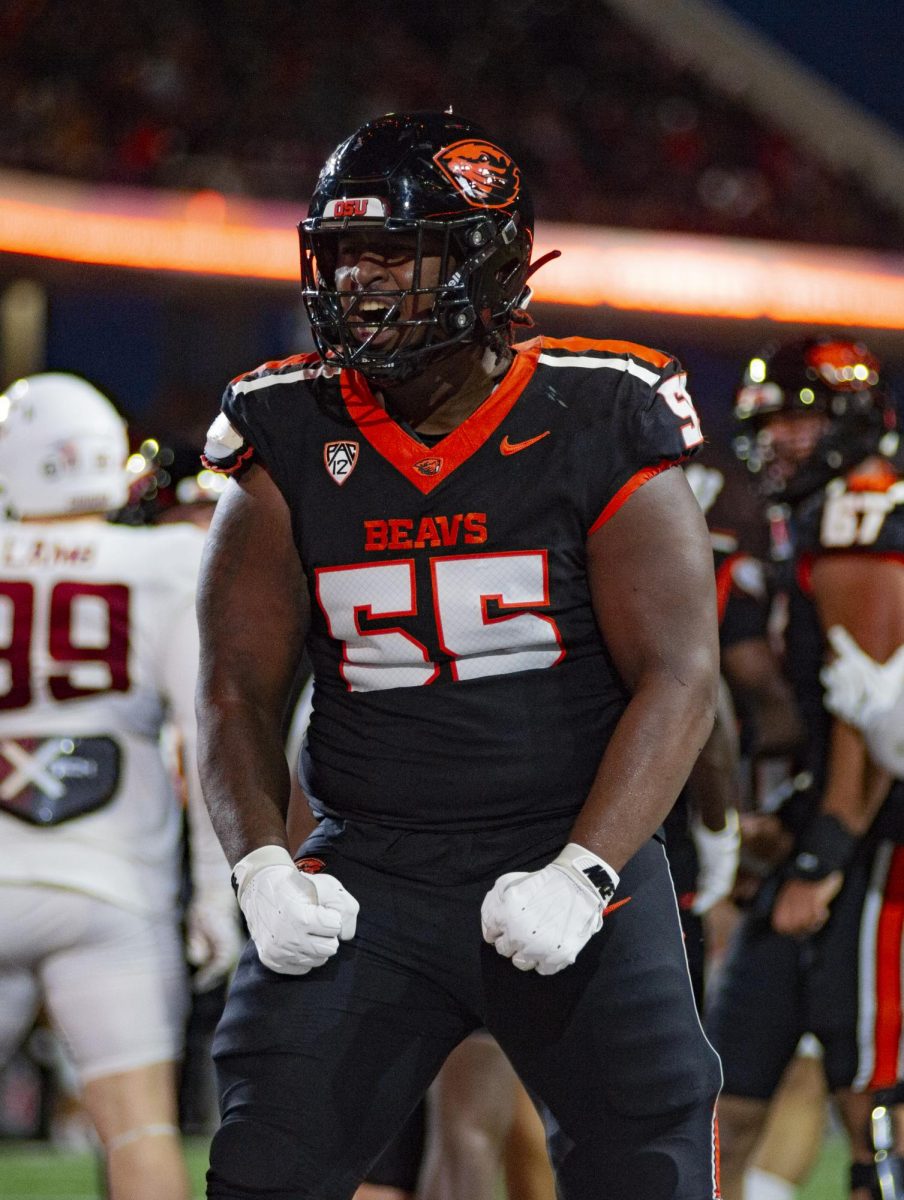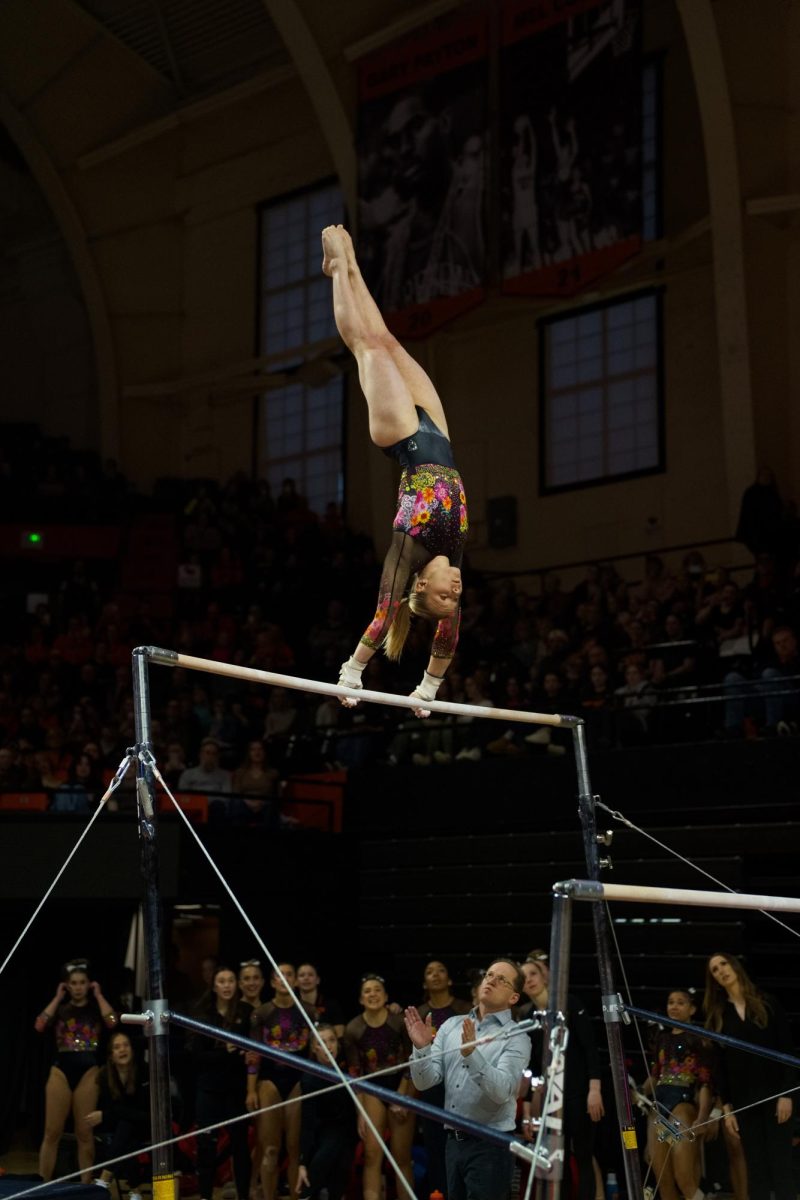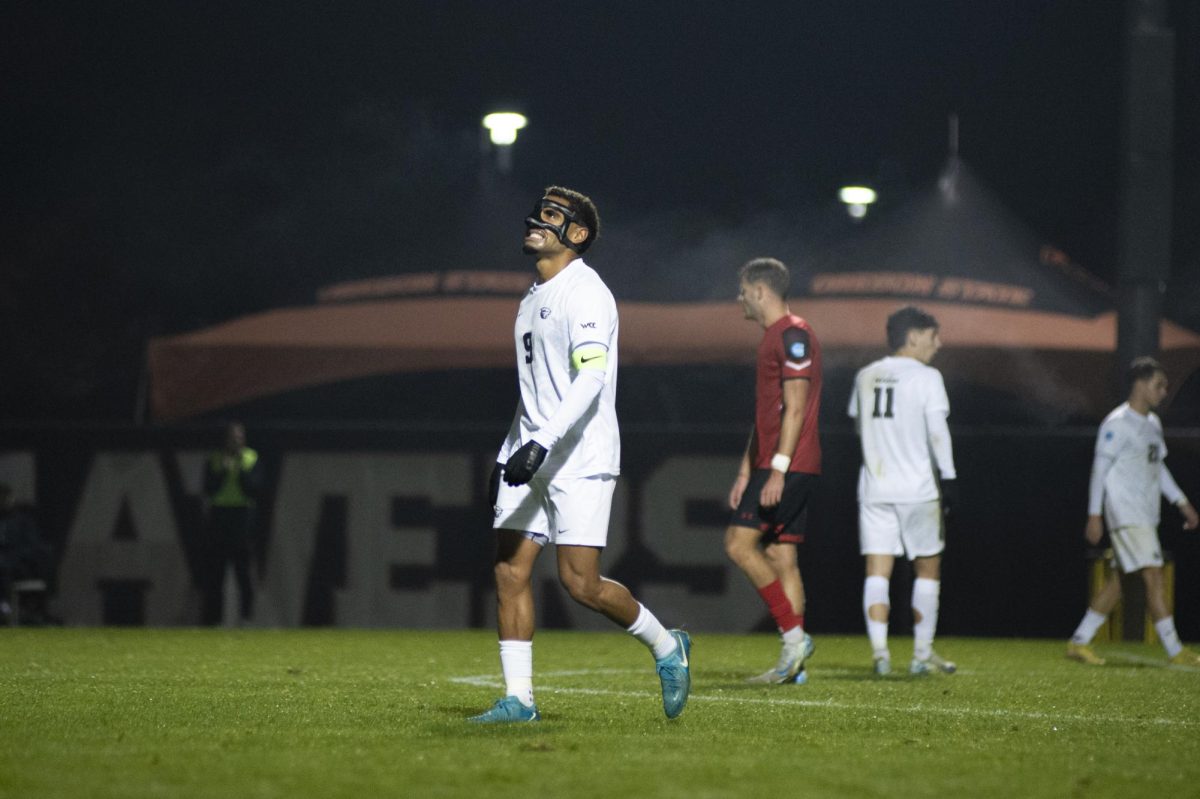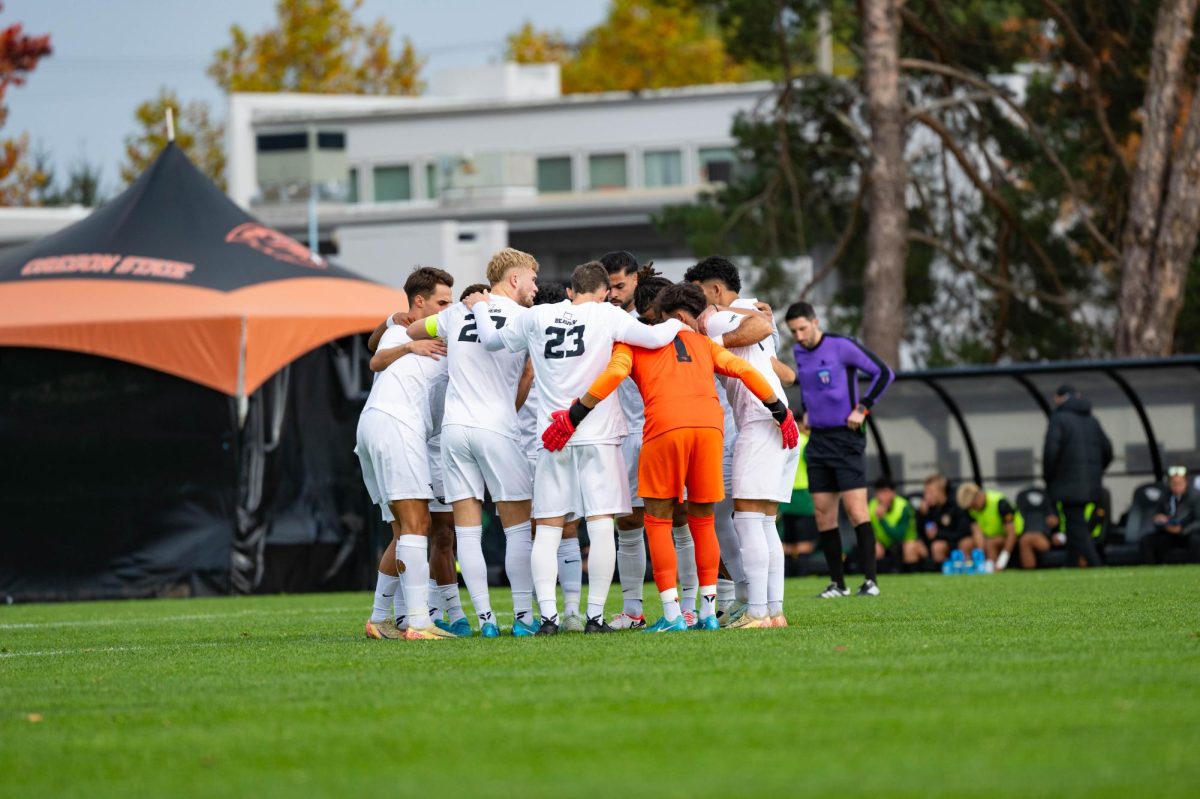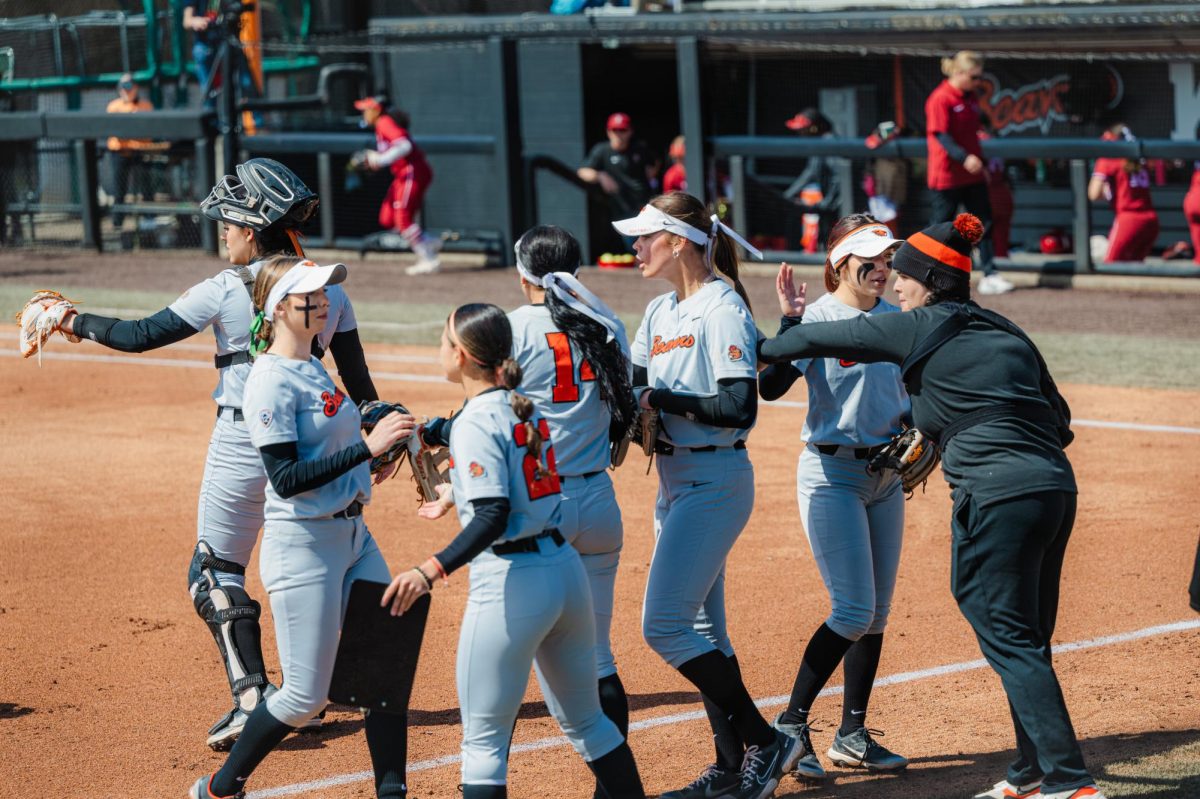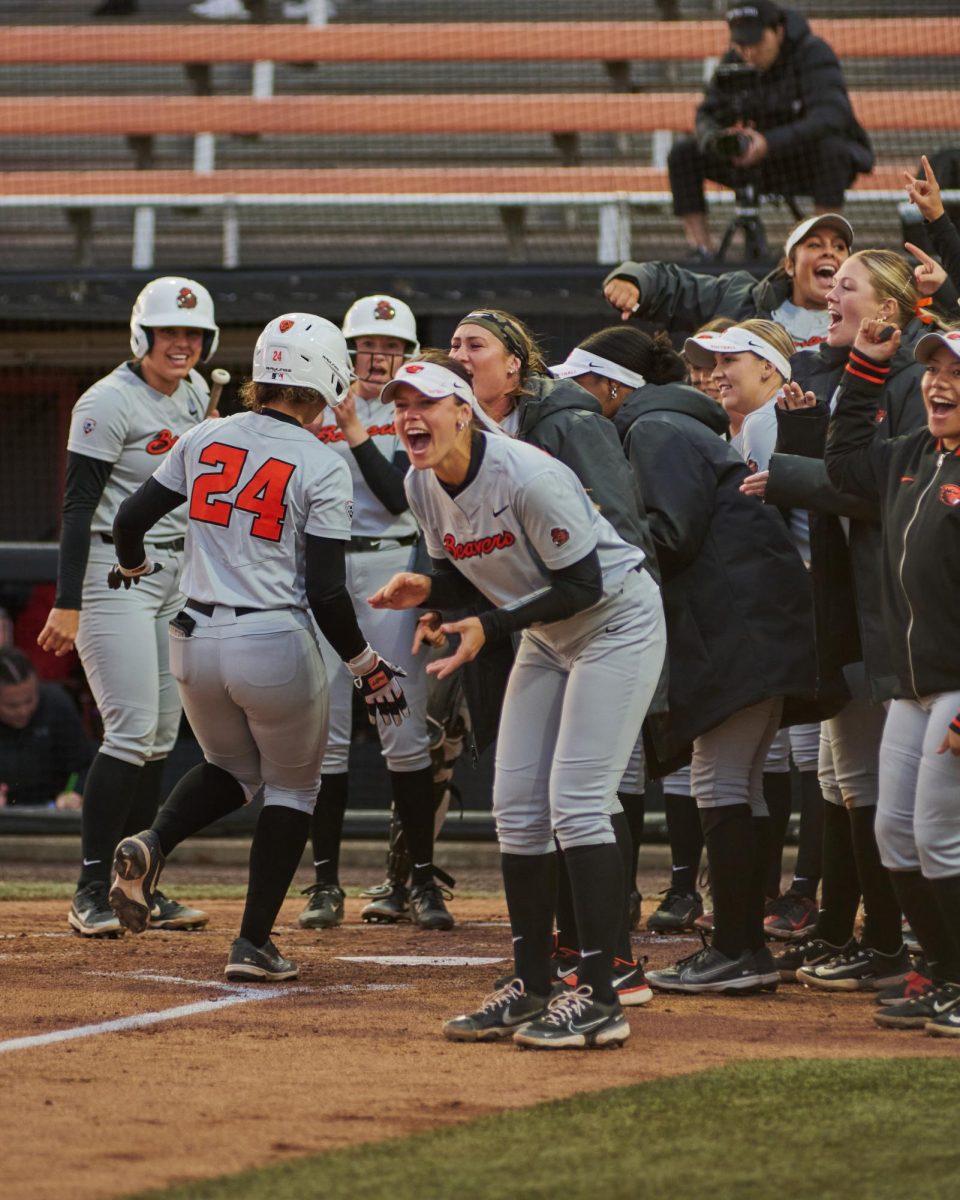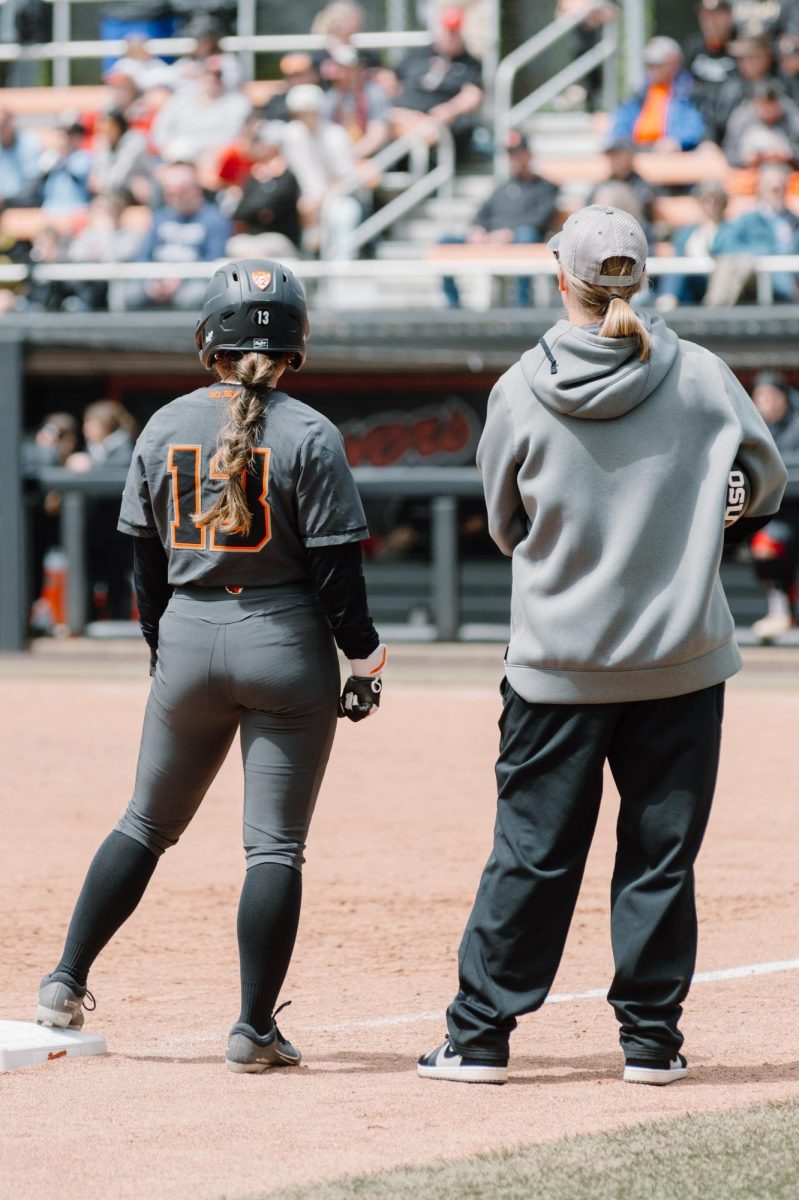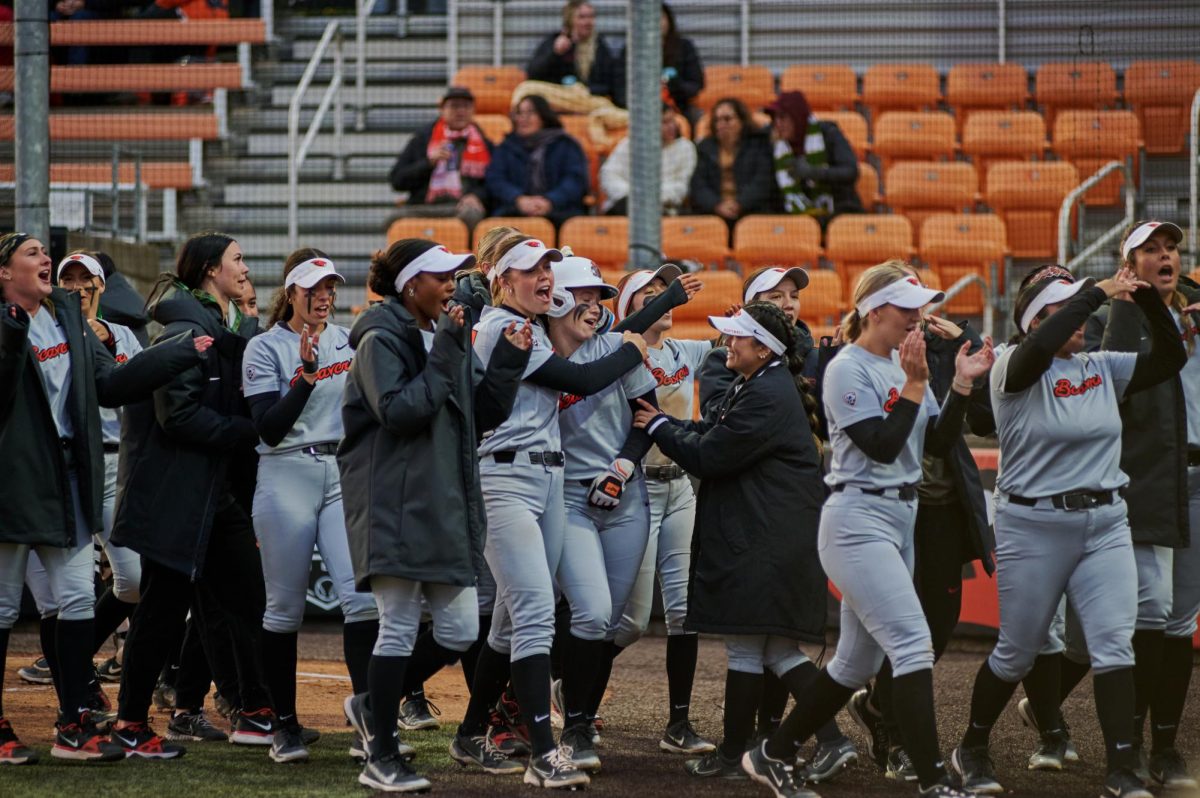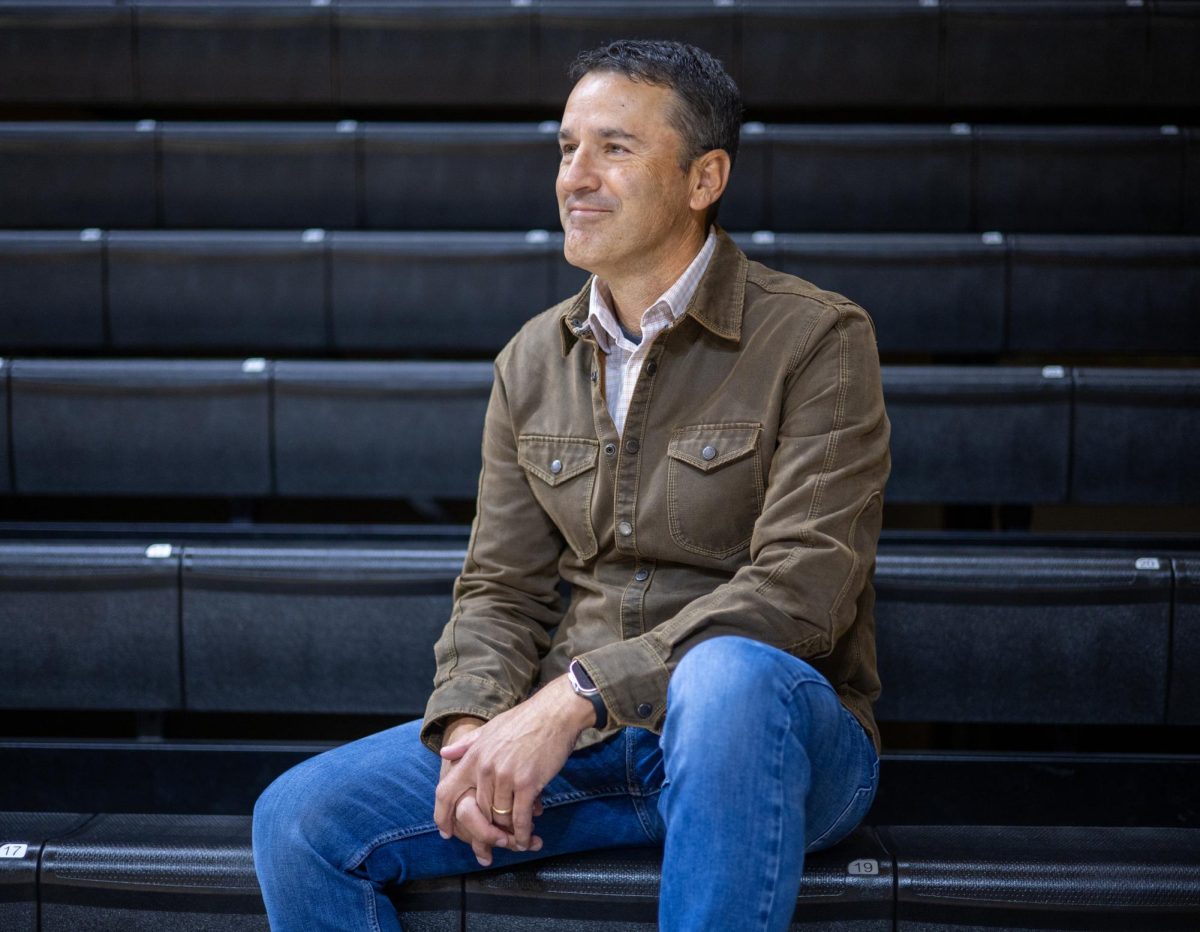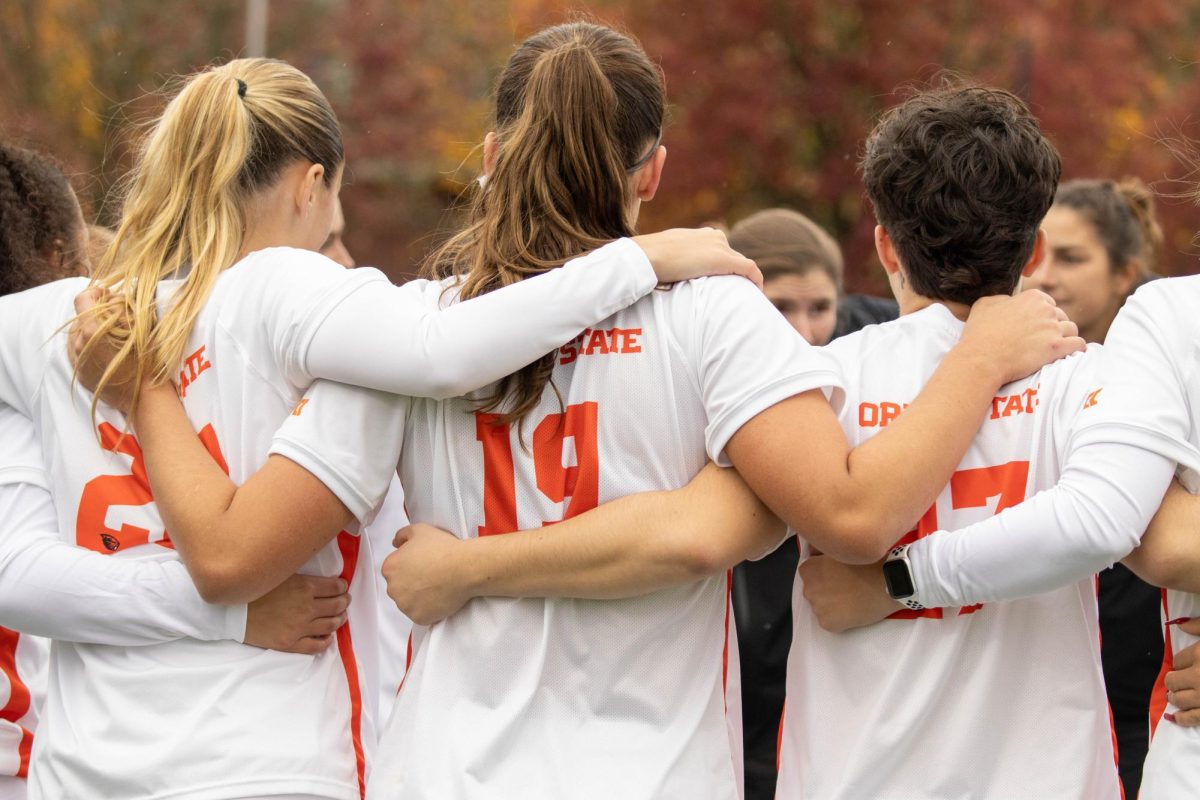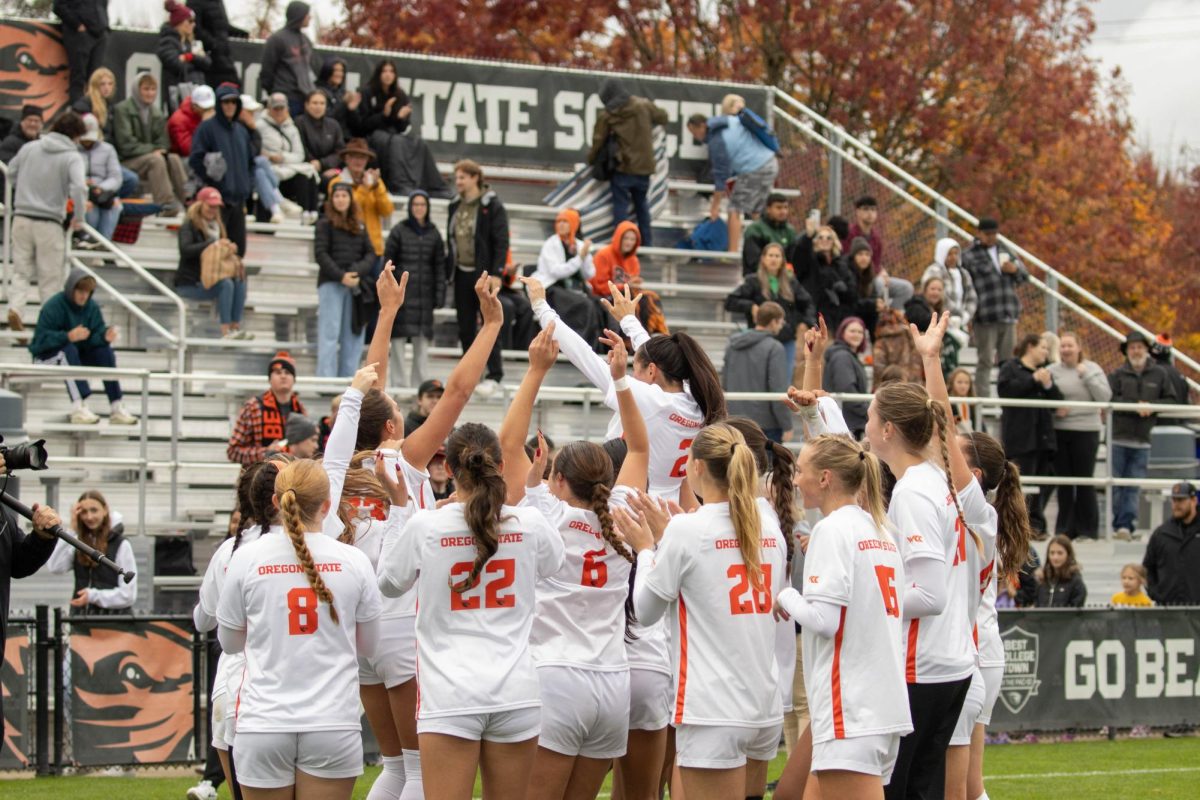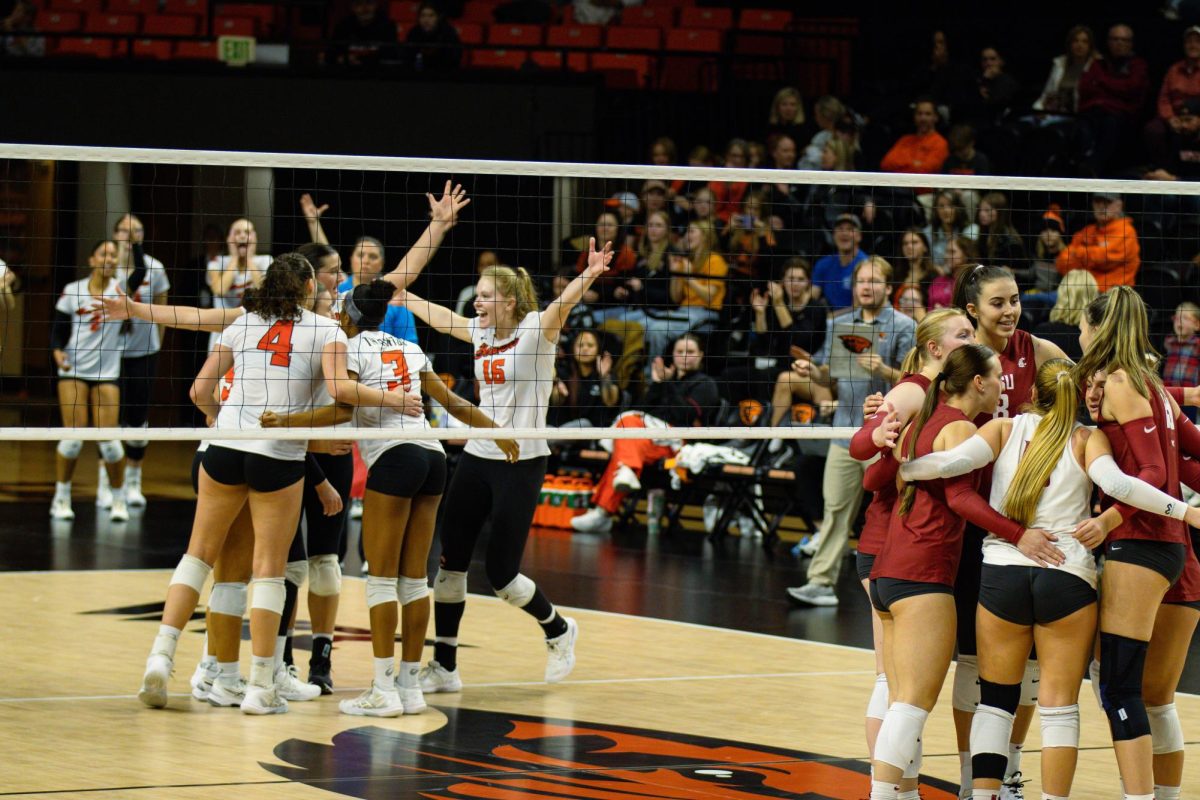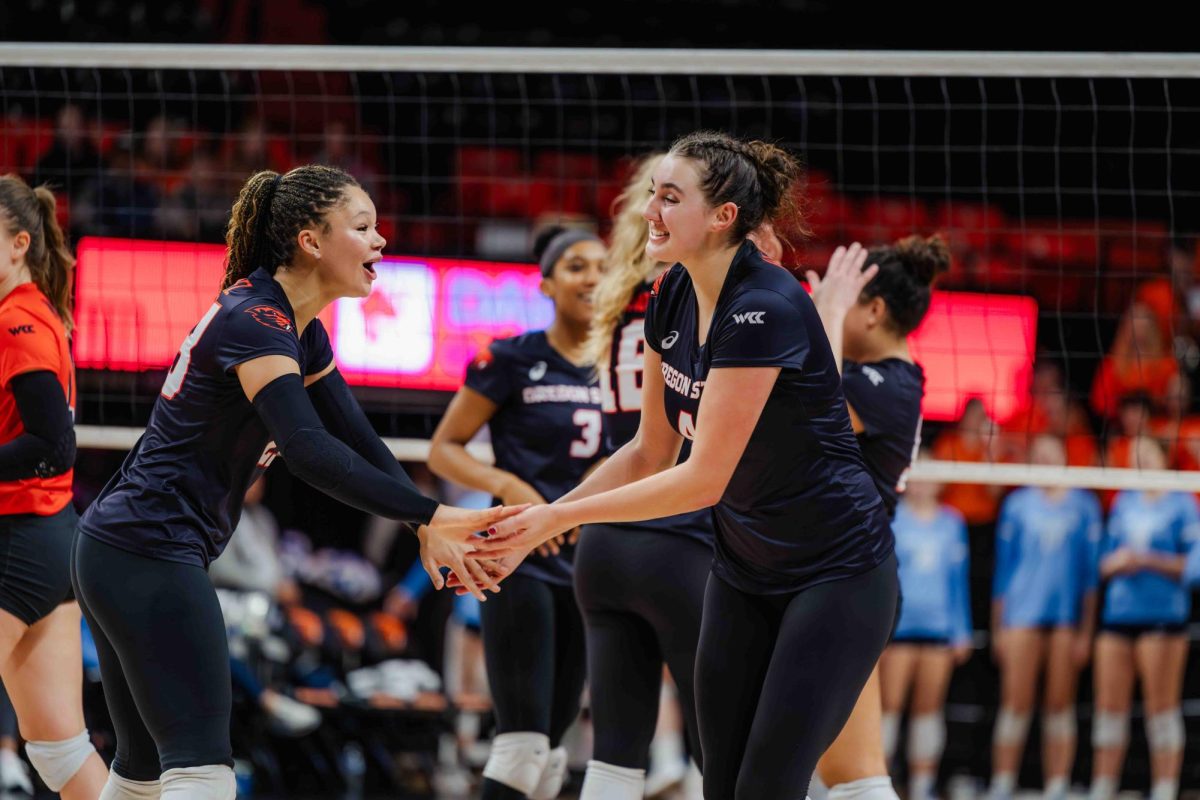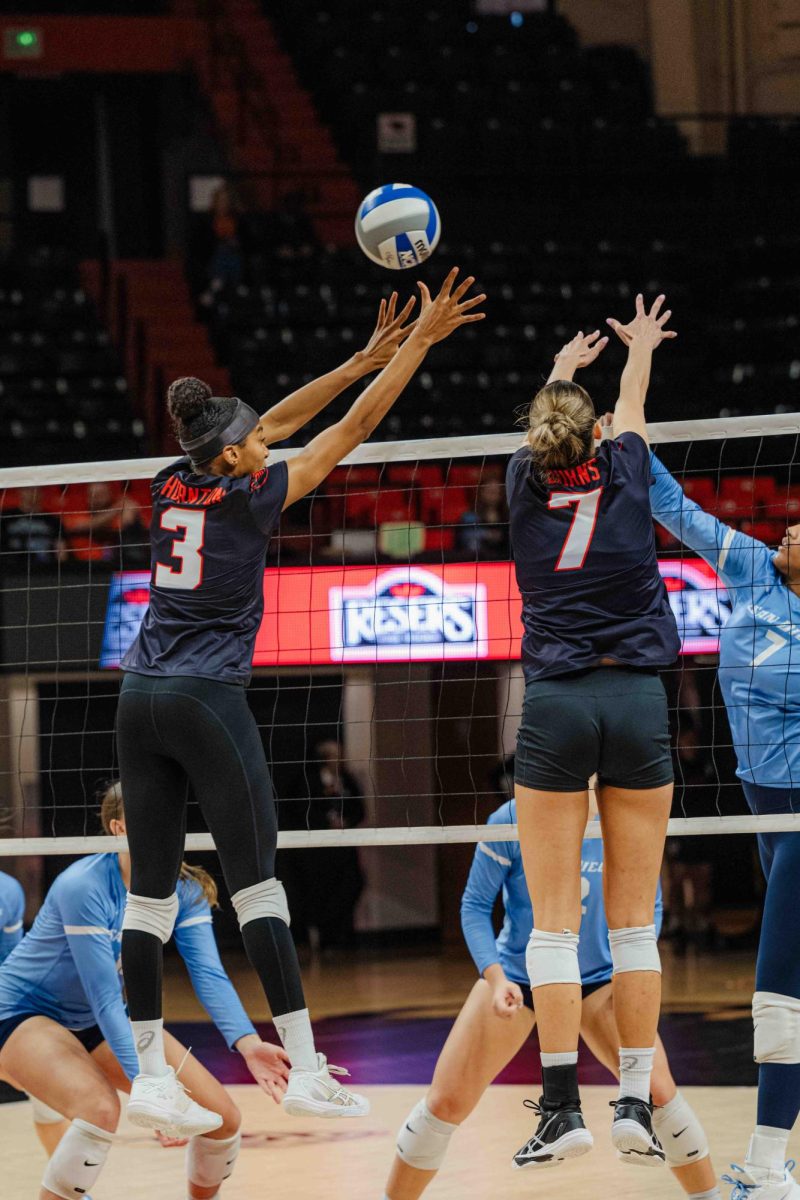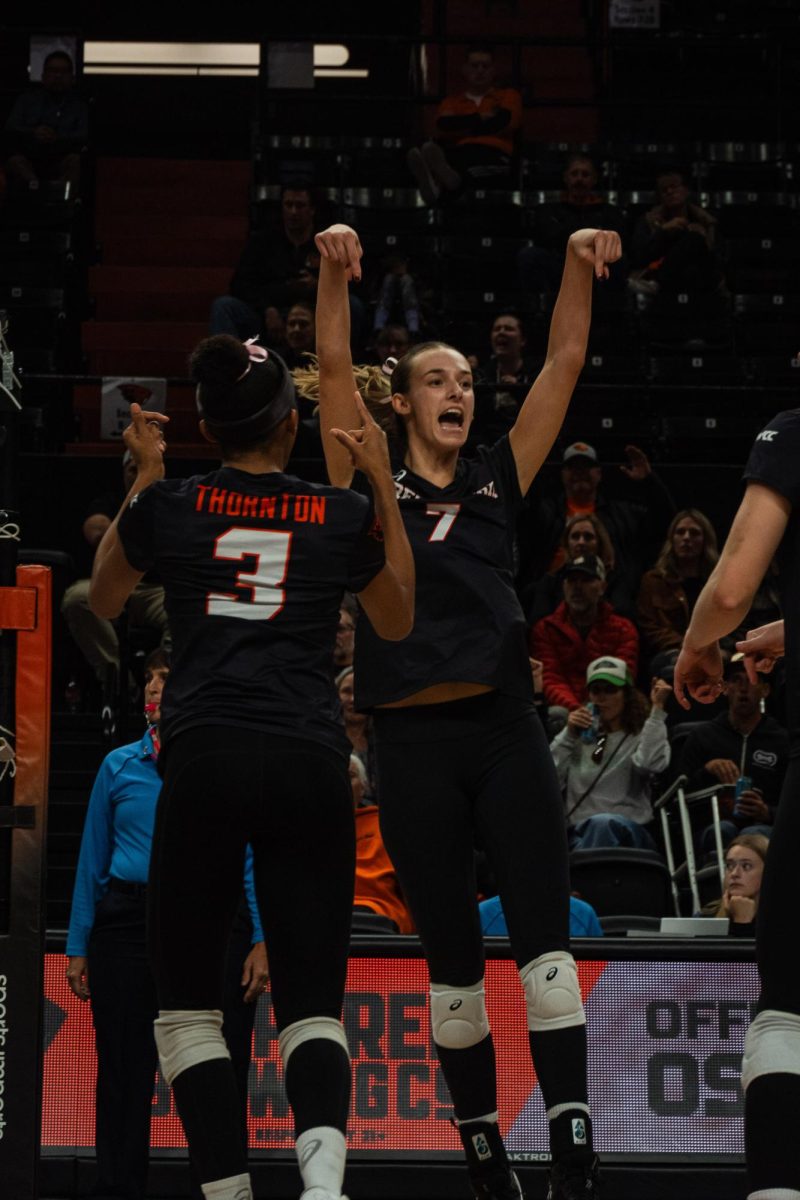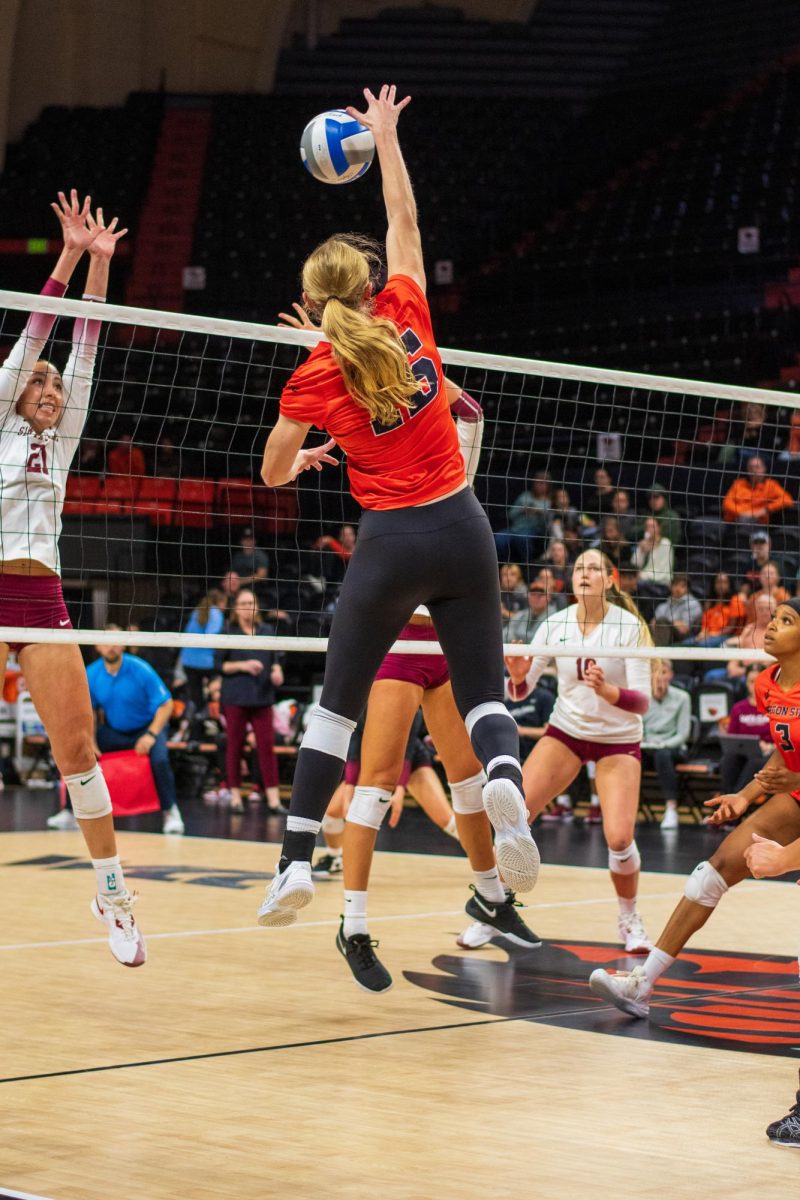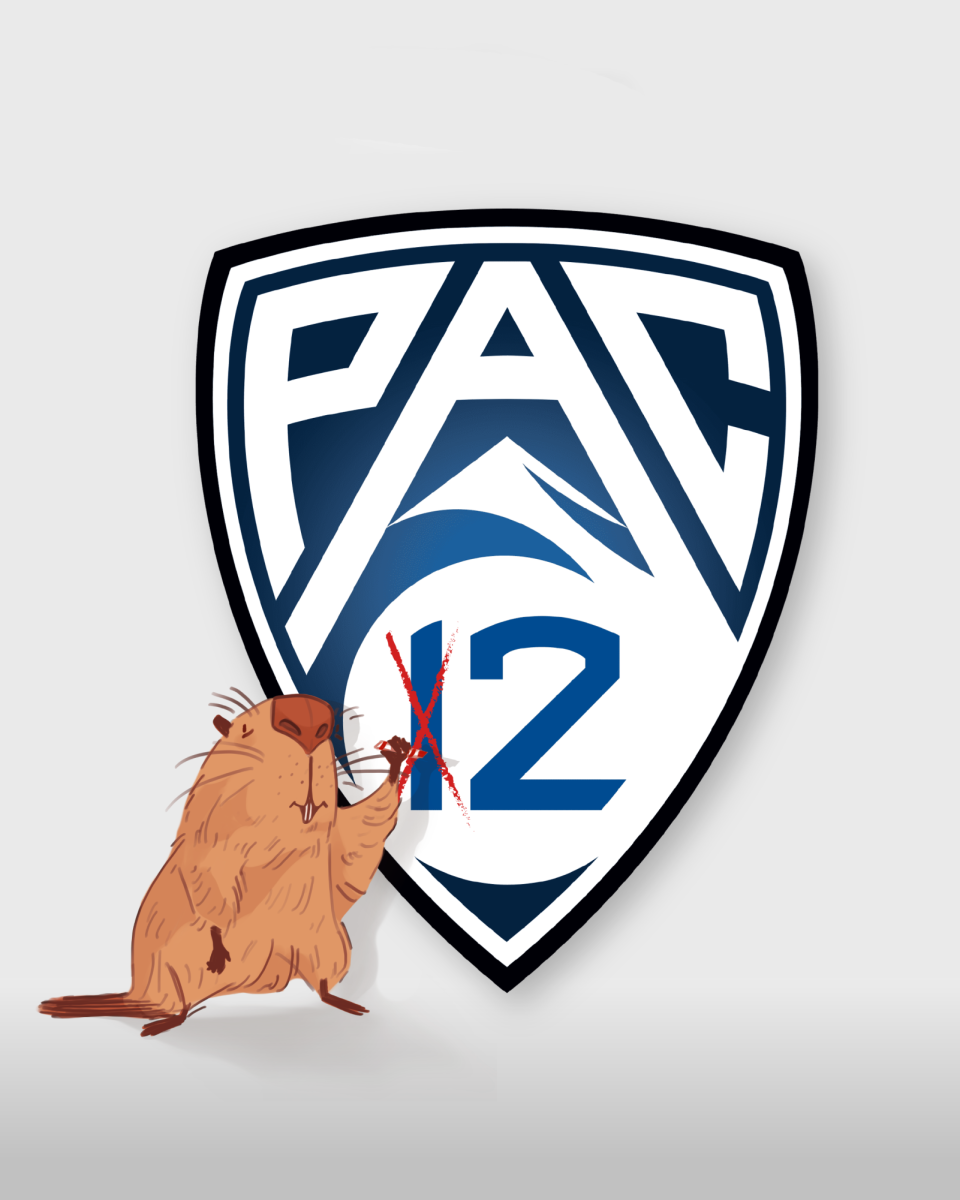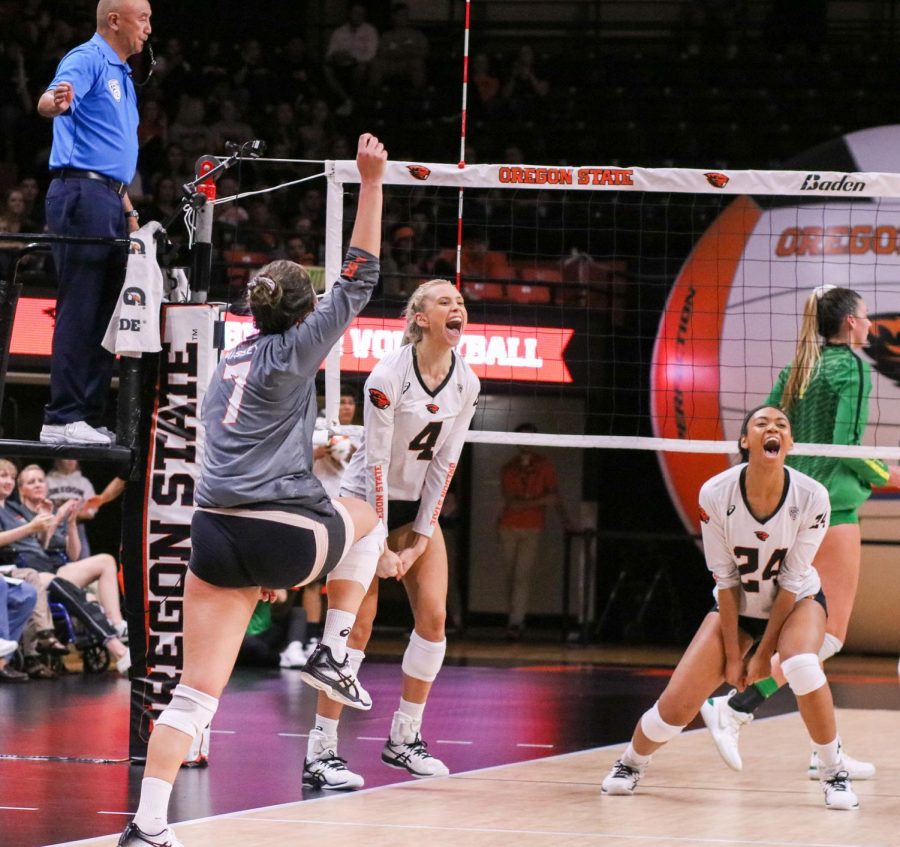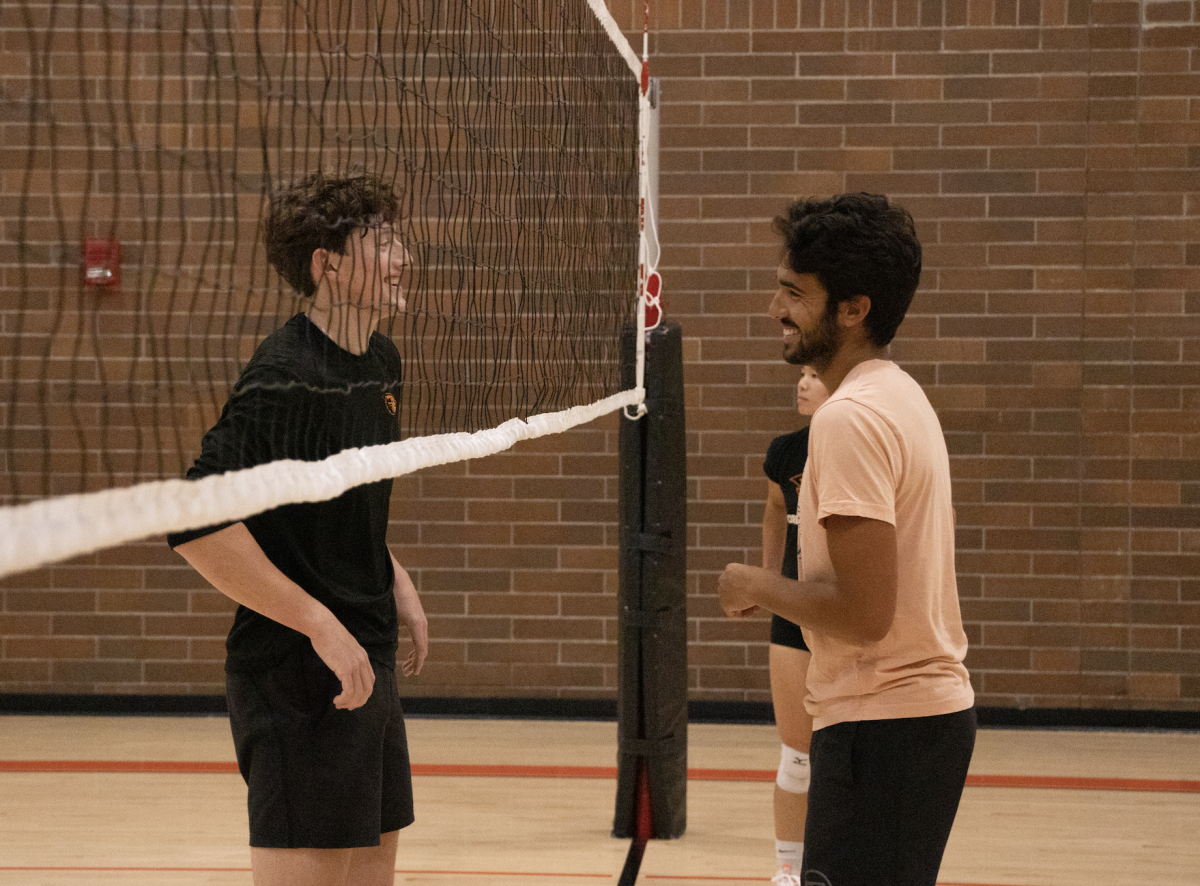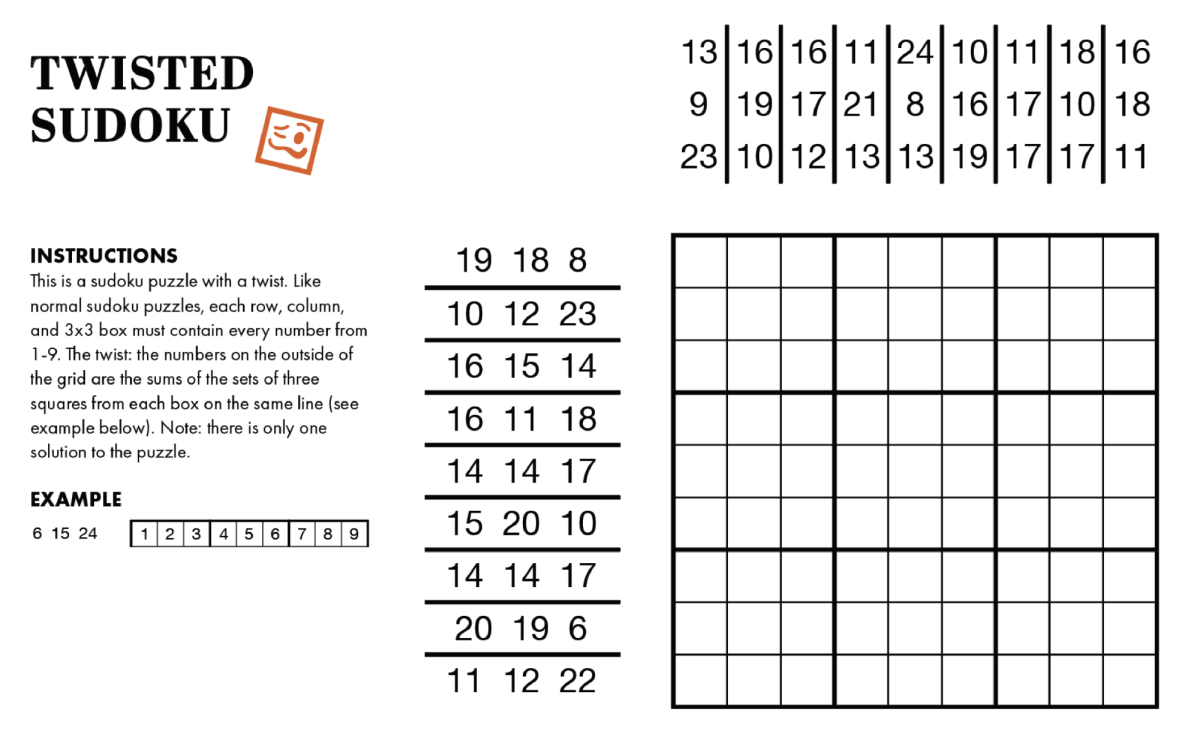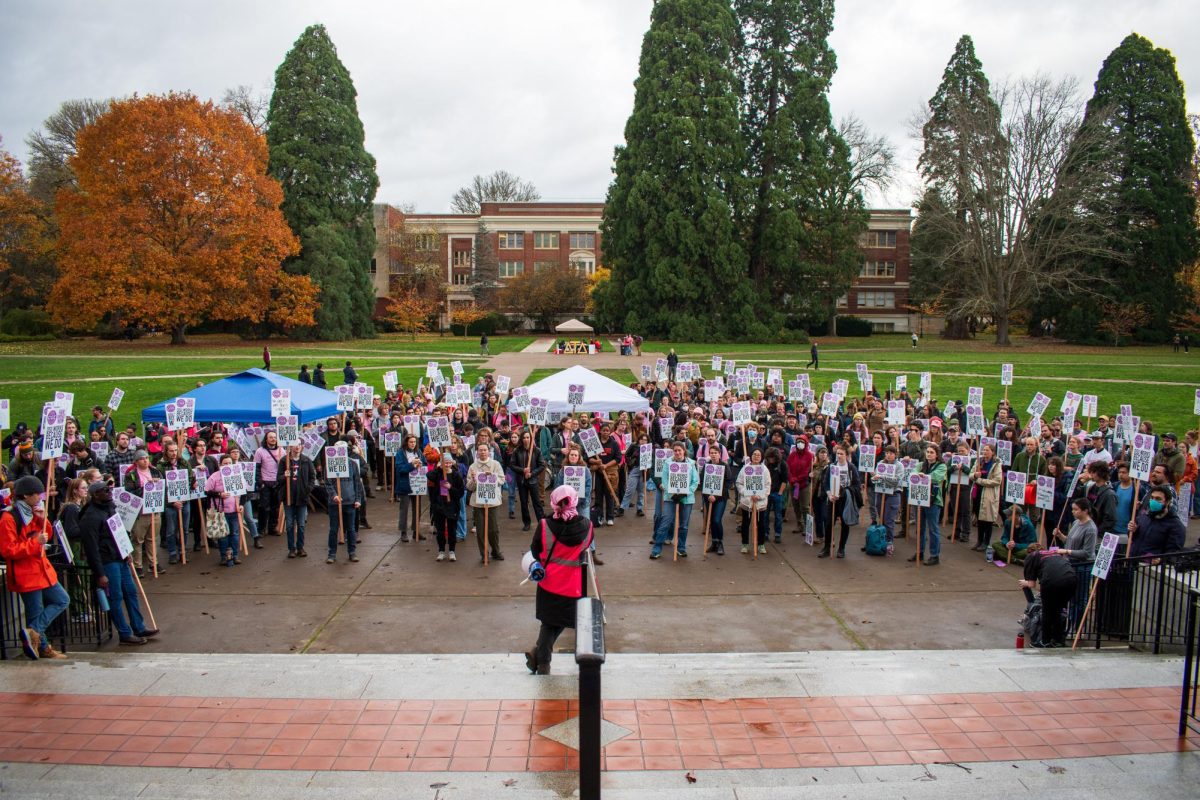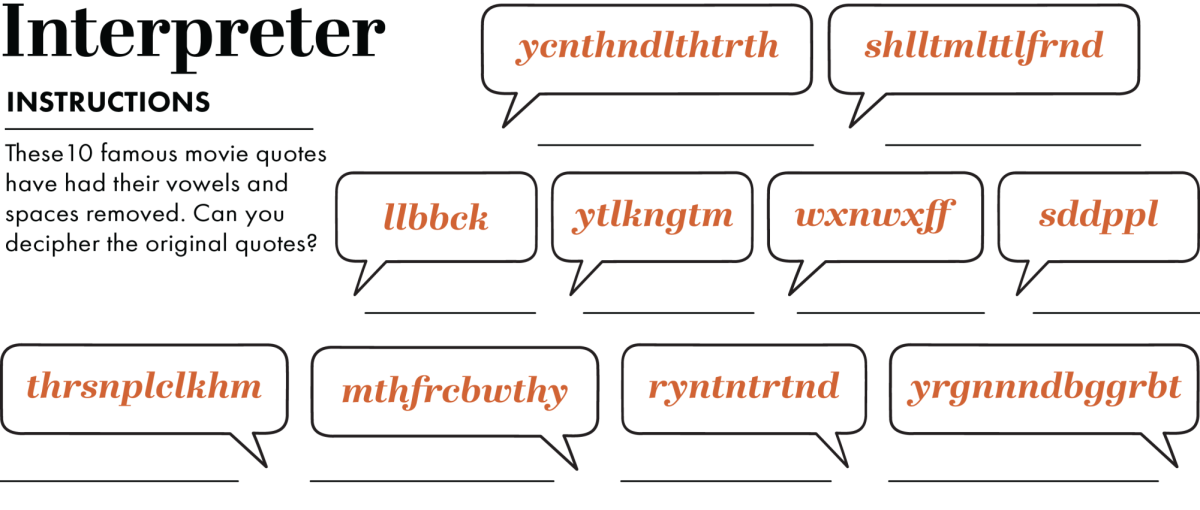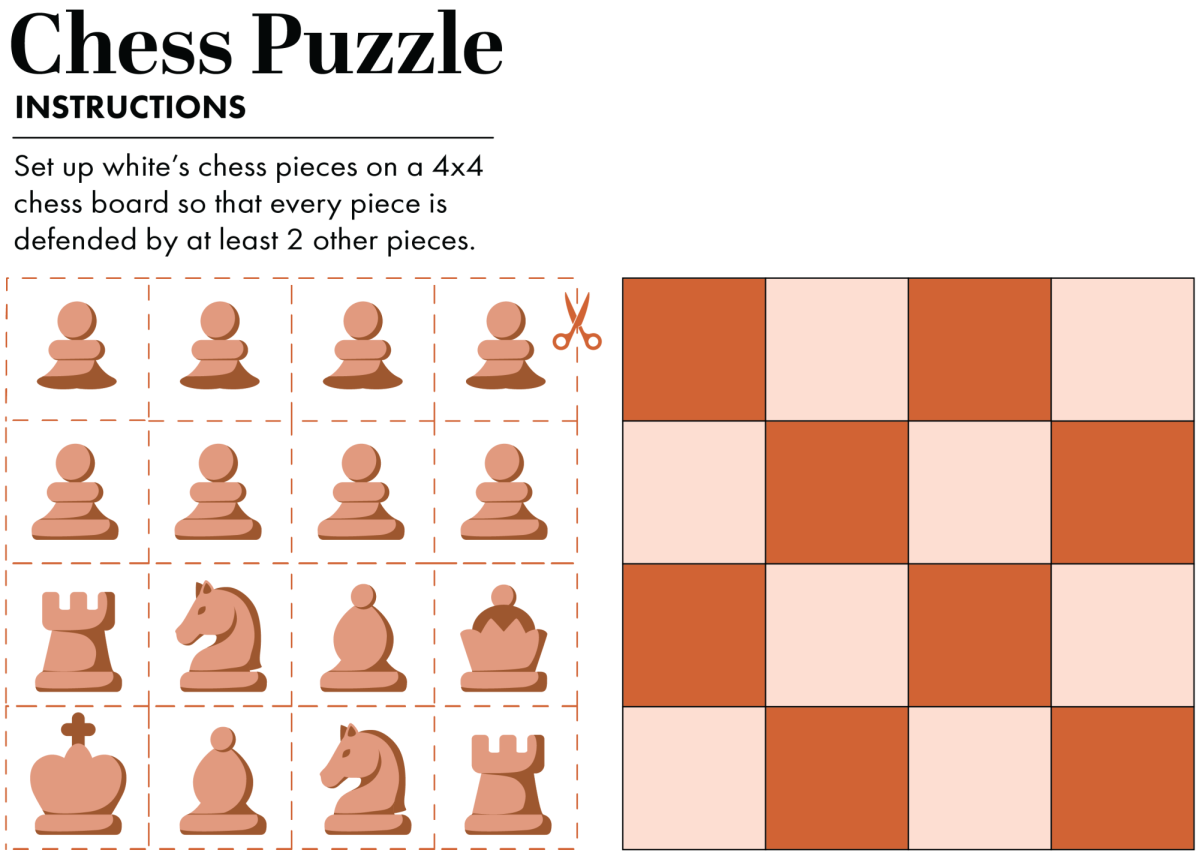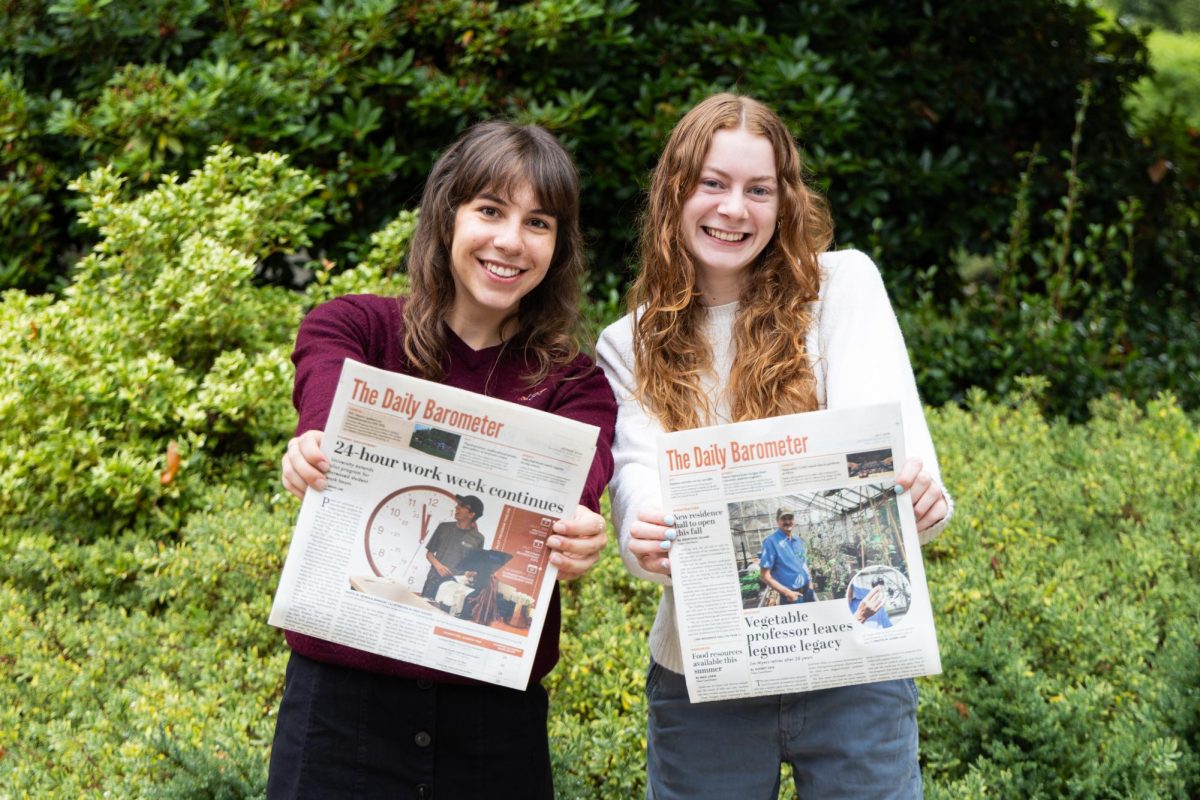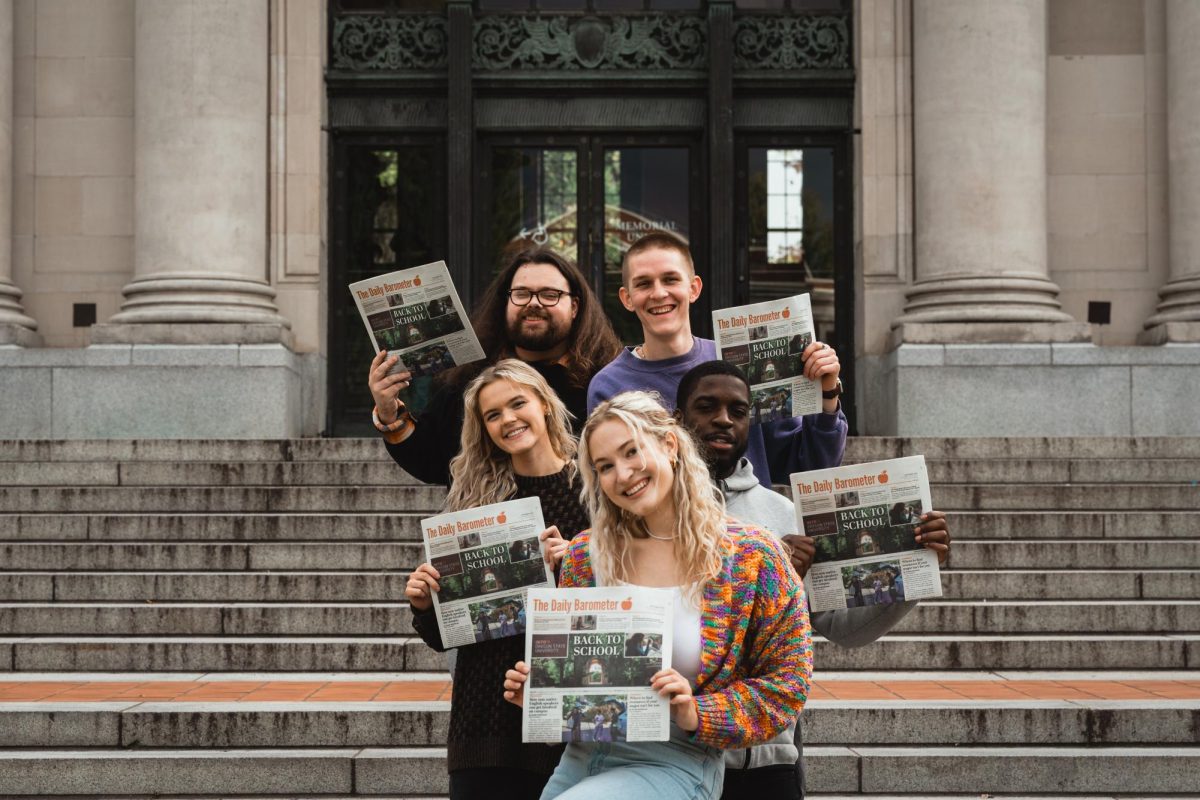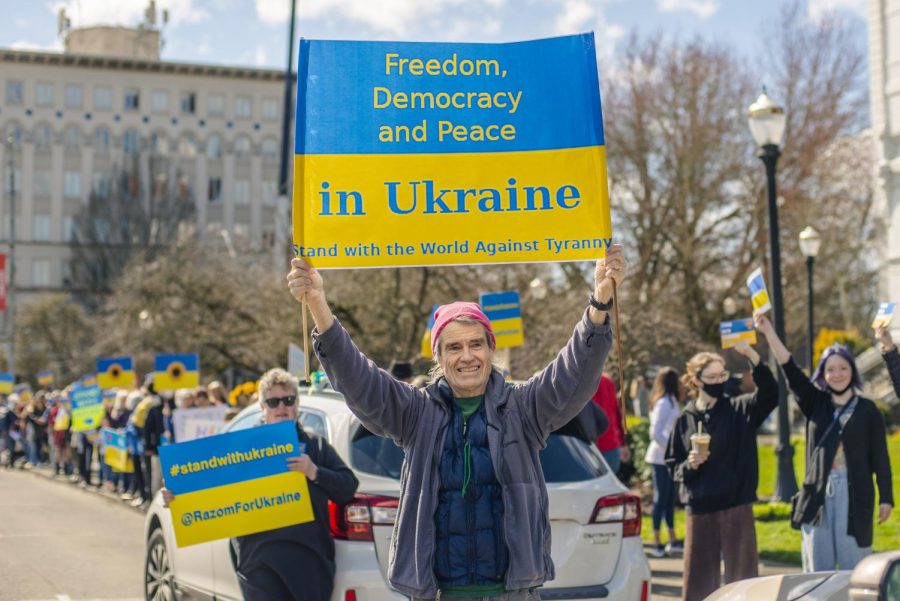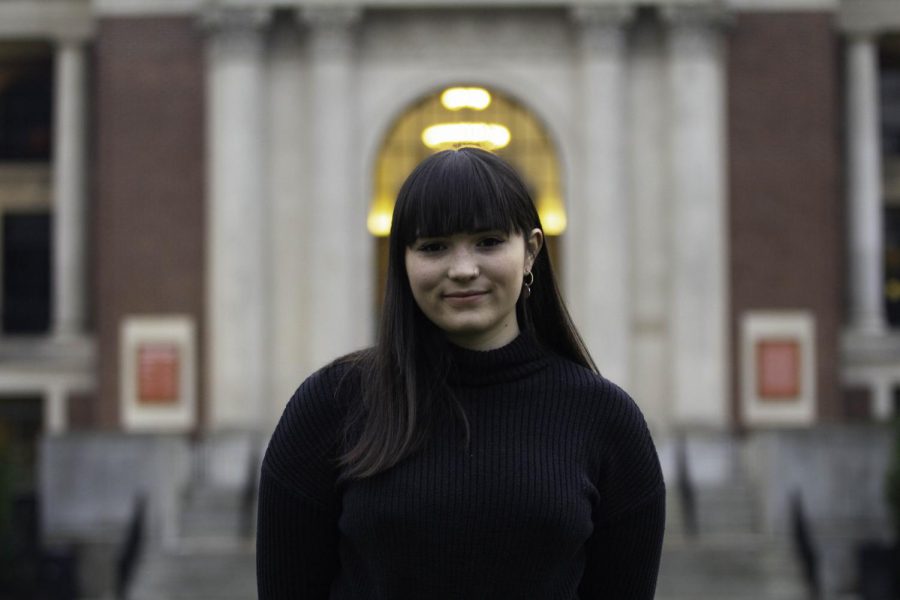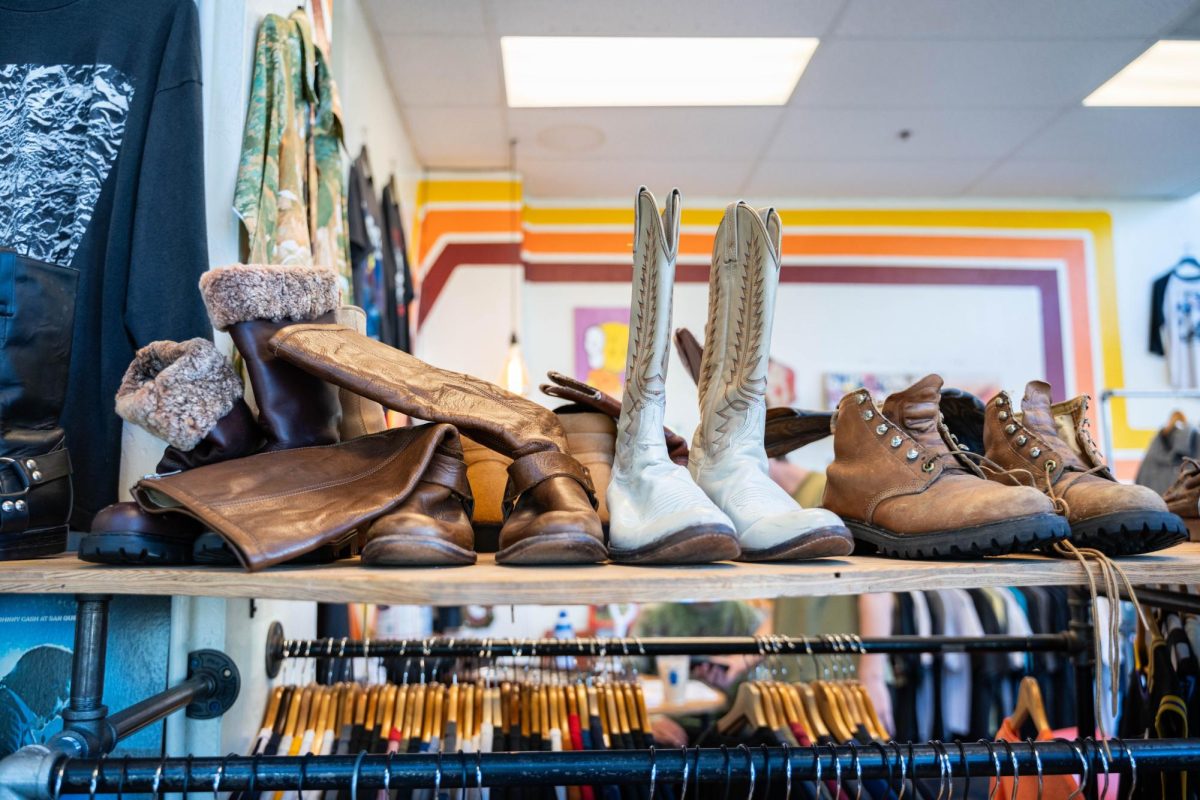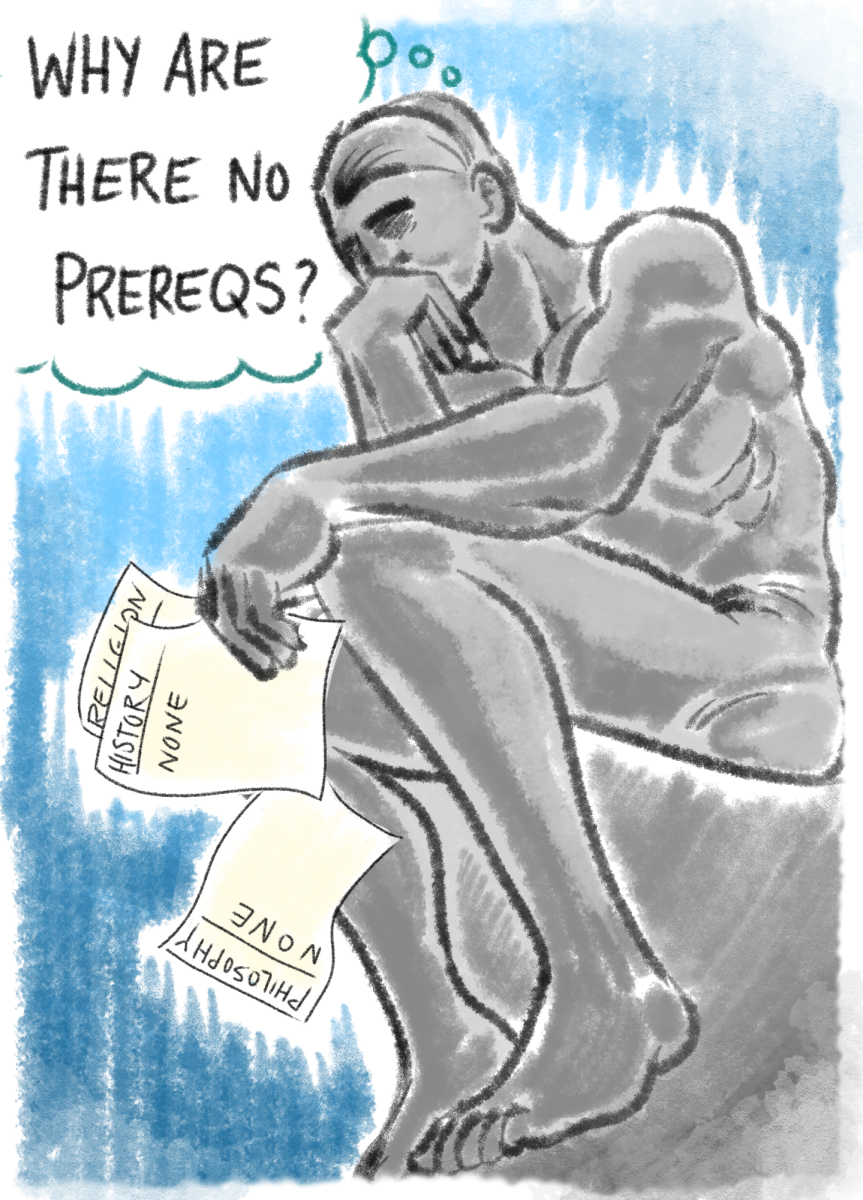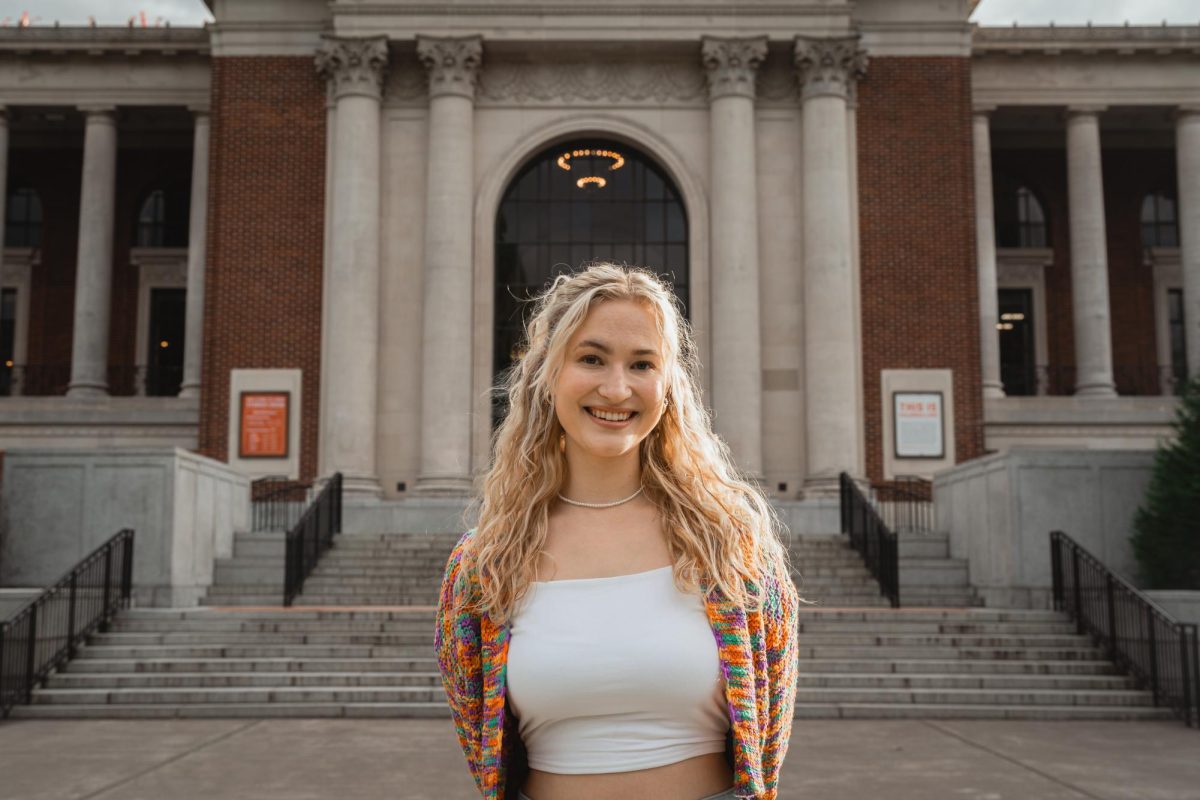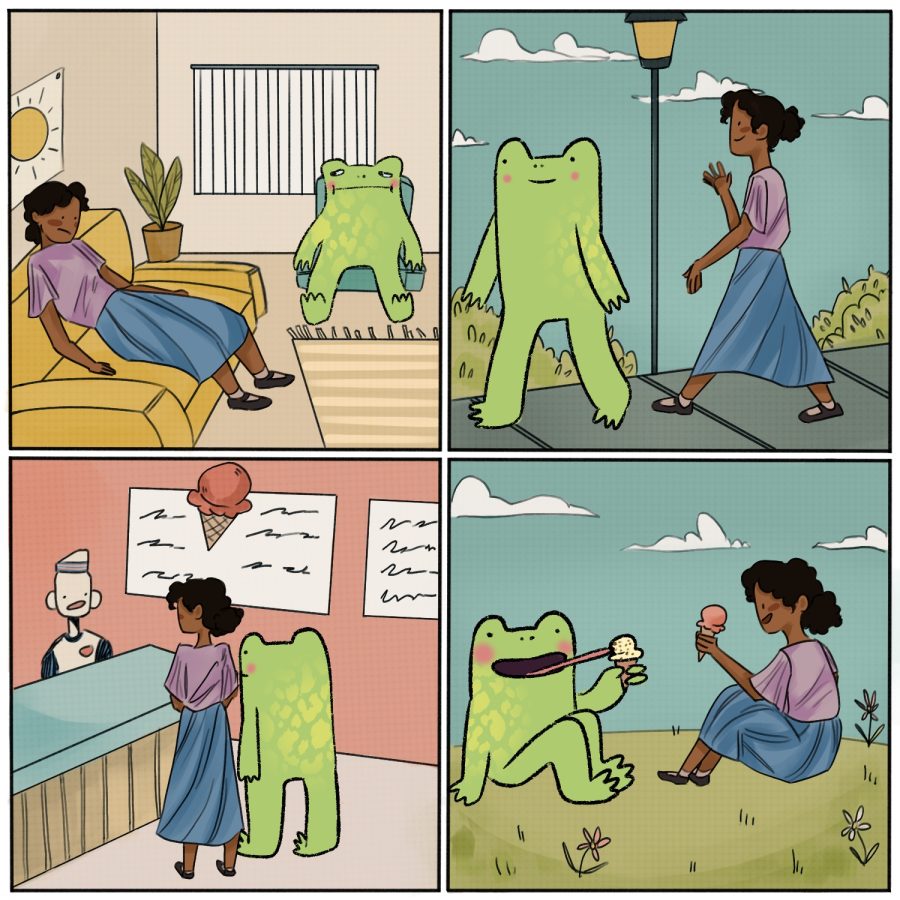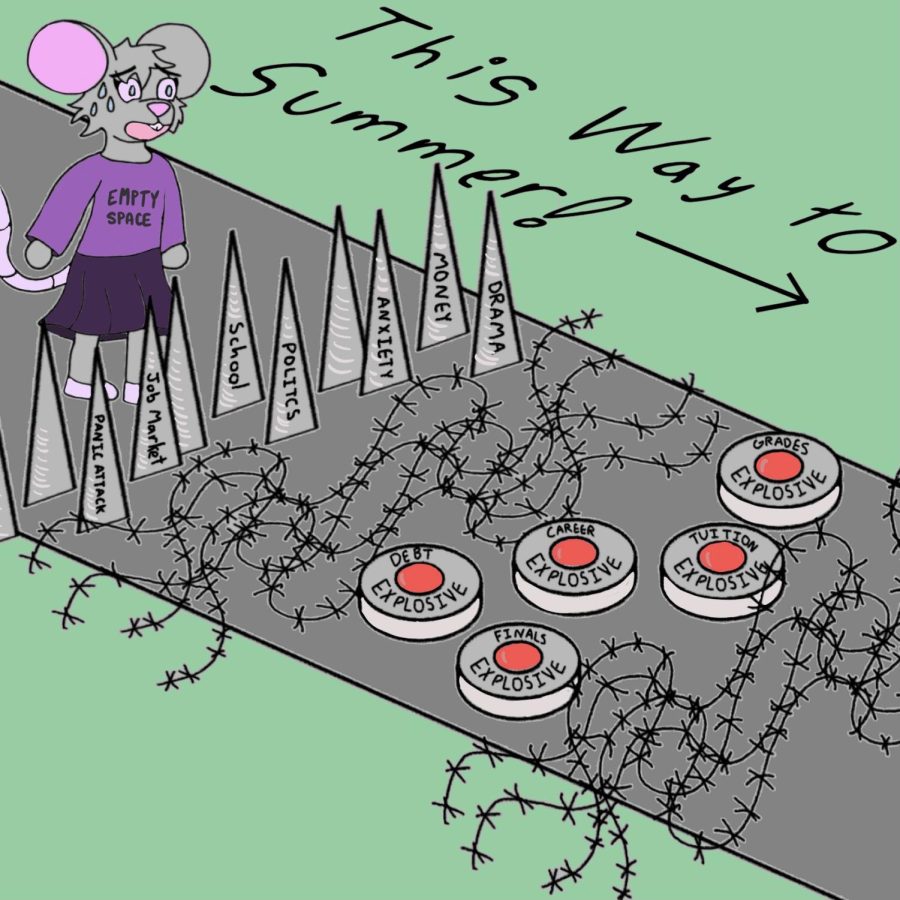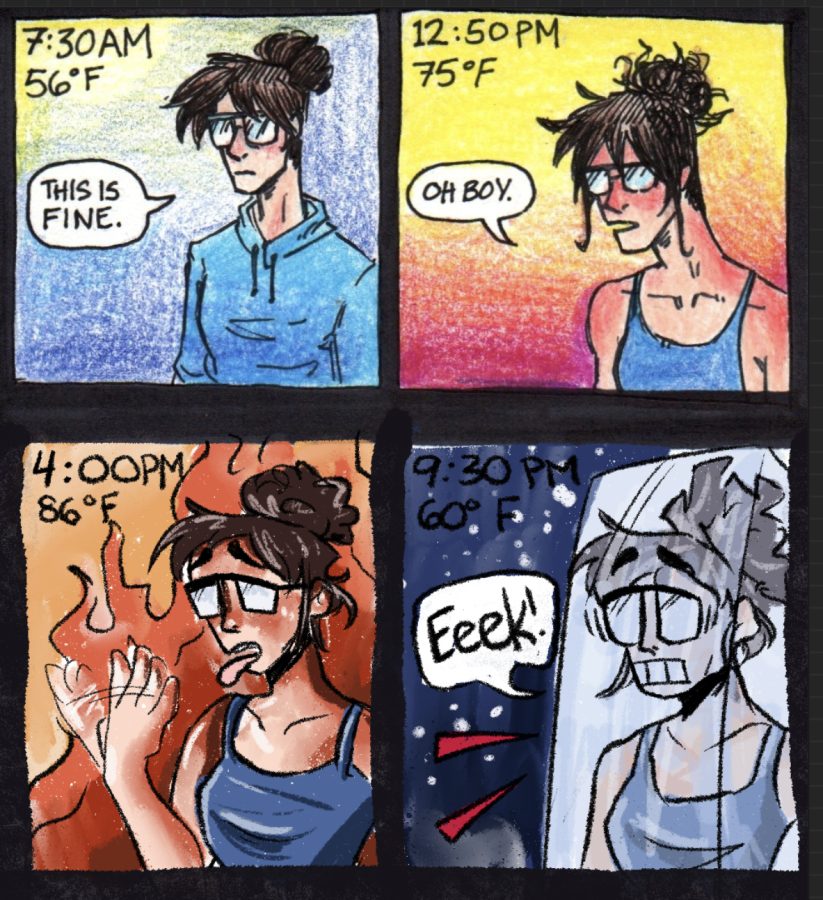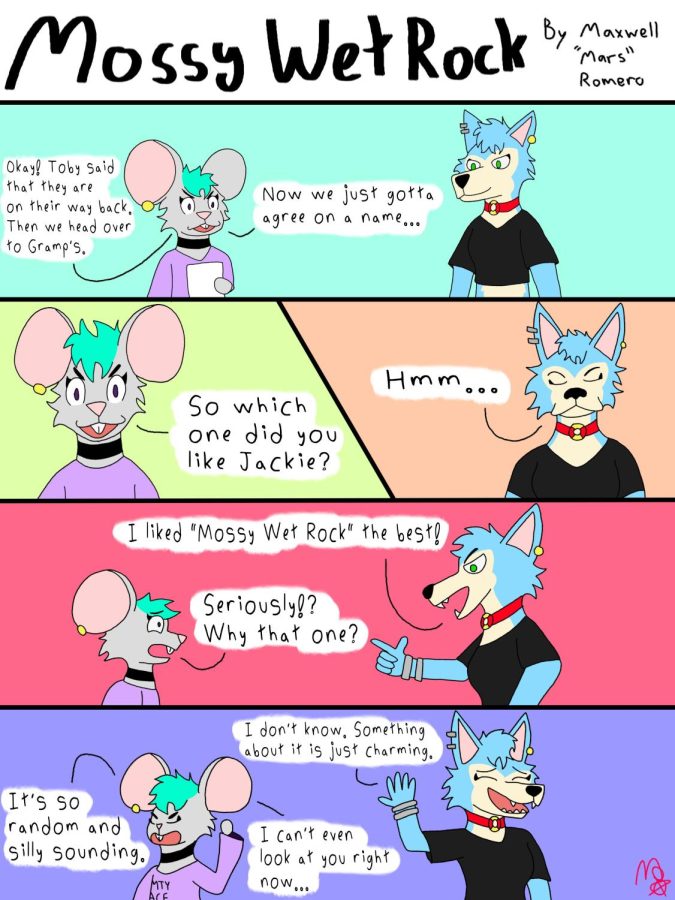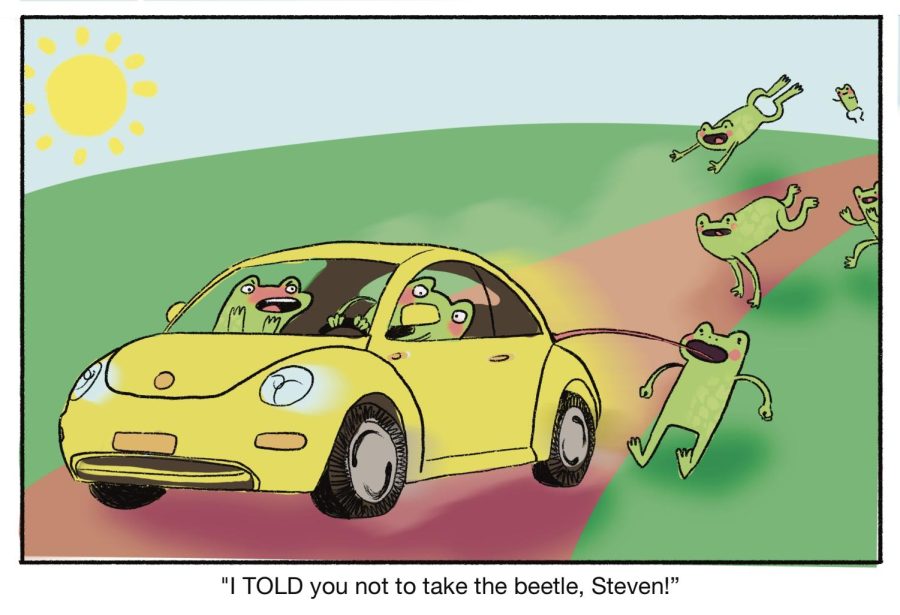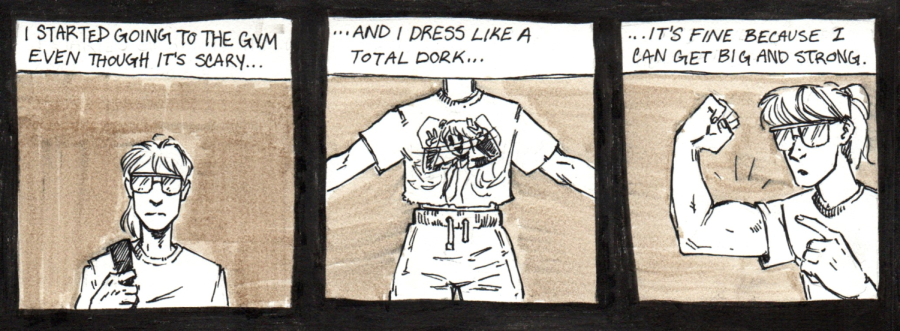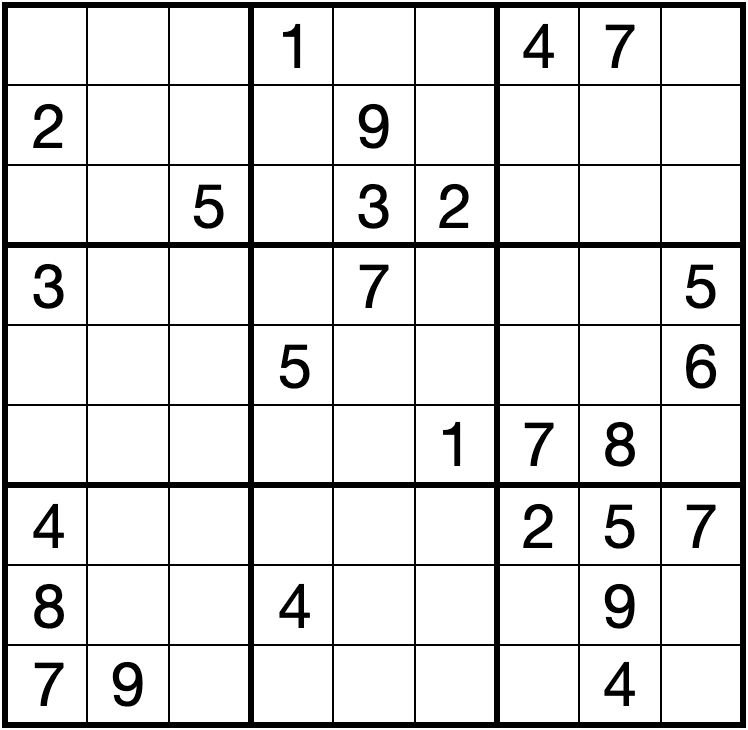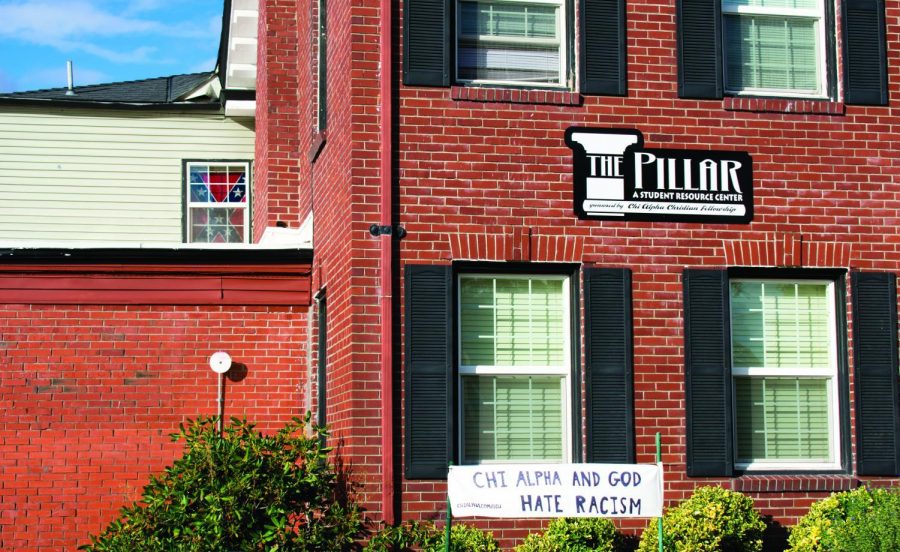Confederate Flag history cannot be ignored
September 25, 2017
Dear Editor,
As the Interim Co-Directors of Diversity & Cultural Engagement, we are writing to express our deepest concerns about the continued presence of the Confederate Flag in the window of a privately owned residential co-op on Monroe. This flag is illuminated by the lights in that room each night, which projects this symbol of dehumanization upon the Lonnie B. Harris Black Cultural Center (BCC). In one sense, Monroe Ave. becomes a symbol for the dividing line between those who wish to uplift and support Black and African American students at Oregon State and those who wish to continue a legacy of White Supremacy.
While it is beyond the scope of this short letter to offer a full history. A few key facts worth noting are:
The US Civil War 1861-1865 was fought for two reasons: the ability to dissolve a confederation of sovereign states (commonly referred to as States Right) and whether all people were created equally with the same rights to freedom (basically, the right to own slaves or not). Without a doubt the Civil War was fought about the right to own Black people. To learn more, visit CivilWar.org.
The meaning of what is now called the Confederate Flag (or the Confederate Battle Flag) has evolved over time. However, its association with White Supremacist ideology is enduring. Over time, the Confederate Flag became associated with the Ku Klux Klan, as it was frequently flown during public rallies. For further details, visit HistoryNet.com.
We cannot in good conscience ignore these facts. This dividing line between the BCC and the ideology the Confederate Flag represents cannot be ignored either. As Grace Lee Boggs stated, “…We are at one of the great turning points in the human history when the survival of our plant and the restoration of our humanity require a great see change in our ecological, economic, political values.” Our collective humanity is at stake at the north edge of campus, the gulf between the values of the Lonnie B. Harris Black Cultural Center and the presumed values of resident across the street could not be further apart. Indeed, Boggs is correct in her assertion that we need a sea change.
This sea change might best come about through love, the kind of love for humanity that our current historical moment requires. Speaking of love, hooks wrote, “Love heals. When we are wounded in the place where we would know love, it is difficult to imagine that love really has the power to change everything. No matter what has happened in our past, when we open our hearts to love we can live as if born again, not forgetting the past but seeing it in a new way, letting it live inside us in a new way. […] This is the way that healing begins.” It is through love that resiliency of communities, in the case Black and African American folks, is made possible. Join us in opening our hearts to love, remembering the past and present struggles, but doing so in a way that allows us to restore our humanity and those around us.
In Love and Solidarity,
Jason J. Dorsette
Reagan P. Le
Interim Co-Directors of Diversity and Cultural Engagement

